The 75 miles that separate Kathmandu from Syabru-besi are rough and adventurous. From Syabru it is only 30 minutes to the border with Tibet but from the capital the bus ride takes 8 hours or longer.
The narrow winding “highway” that ascends into the Langtang region is interrupted by frequent landslides…
and every so often we stop to help push some unfortunate vehicle stuck in the mud. I can only imagine what this looks like during monsoon season.
But like most Nepali roads, the views from here are spectacular.
The winding Trishuli River begins to recede into the deep gorge below as the bus stops for yet another checkpoint.
As we approach the Lantang National Park, guards with the WWF logo come on board to check papers and luggage for possible animal parts being trafficked into China. Happy to see my dollars going towards a good cause…
The park covers 660 sq miles and is home to leopards, musk deer, red pandas and
…Langurs.
About 40% of its revenue goes to support the villages located in the buffer zone.
As my guide Nima Kaji Sherpa and I begin that day’s 2400 ft climb from Syabru I start to feel the weight of my backpack.
This time it’s just the two of us. Kaji like I likes to walk in silence and often disappears from view only to appear a few hundred meters later to show me a medicinal plant or some odd creature. His grandfather taught him the secret healing powers of nature and he is happy to share.
The stone path climbs vertically up the sunny mountain…
then winds through a dark forest…
and comes out onto another valley…
We go down 4500 ft…then back up…
and so on…
The little villages along the Tamang Heritage Trail are quaint and colorful…
…everyone busy with their tasks…
Going up and down these same paths…
they carry their provisions and goods for sale…
take their animals out to pasture…
…or just visit one another, moving along at a slow steady pace.
We pass terraced fields of millet, barley and mustard.
Most of the villagers are Tamangs, however many of the guesthouse owners are Tibetan and they play an important role in tourism.
Tibetan influence can be seen everywhere, from the small Buddhist monasteries or ghyangs…
stupas and prayer flags…
to the Mani walls…
The Tamang follow Tibetan Buddhism but mix it with animism. Their priests or lamas play an important part in their lives, however the most important person in society is the shaman who interacts with the spirit world and treats illnesses.
Langtang was the region hardest hit by the earthquake and during the 8 days we are there, I see only two other westerners. In Gatlang, one of the larger Tamang villages, all of the guesthouses are empty but their owners are always happy to prepare a dal bhat for the occasional trekker on his way to another stop.
Tatopani was known for its high altitude hotsprings but the earthquake dried those up.
As we continue to climb towards Nagthali the views become almost surreal,
Ganesh Himal at 24,373ft showing its sharp snowy contours…
…further to the east Langtang peak appearing majestic above the clouds.
At 12,000ft we are looking into Tibet.
And while down below there are constant political tensions here there is a deep sense of peace.
The prayer flags inscribed with the mantras which promote peace, love, strength and wisdom are blown by the winds spreading good will and compassion to all.
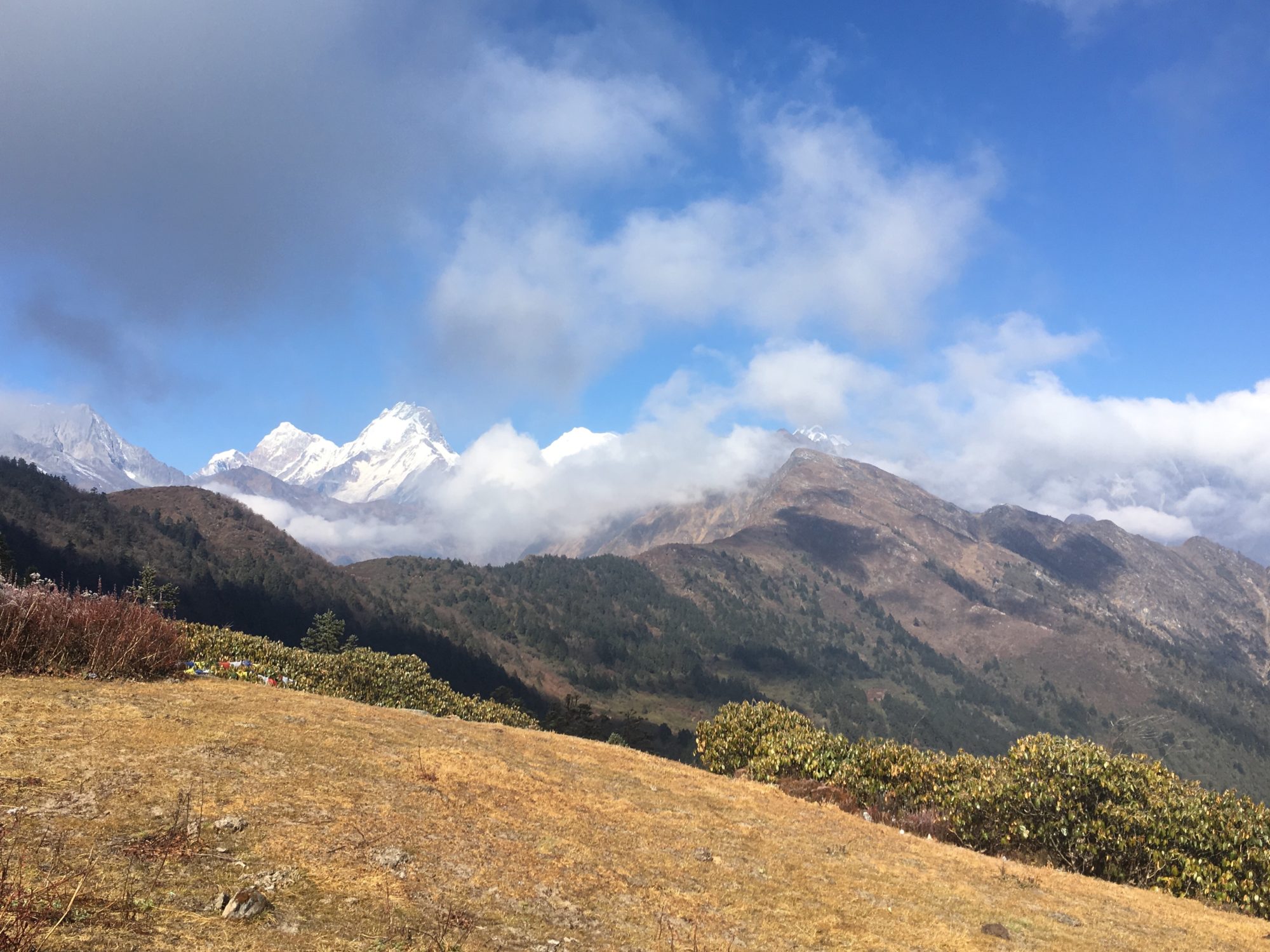
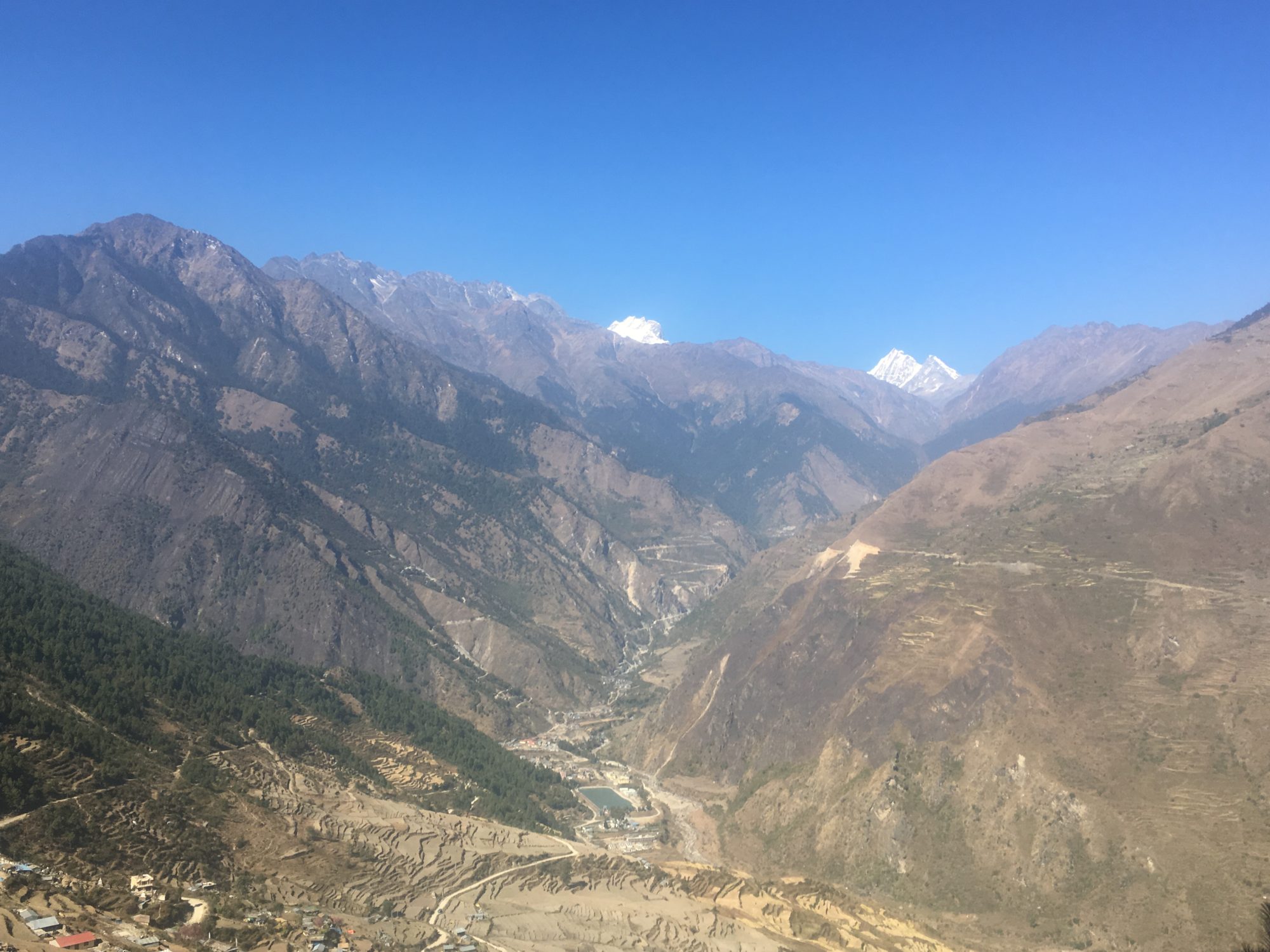

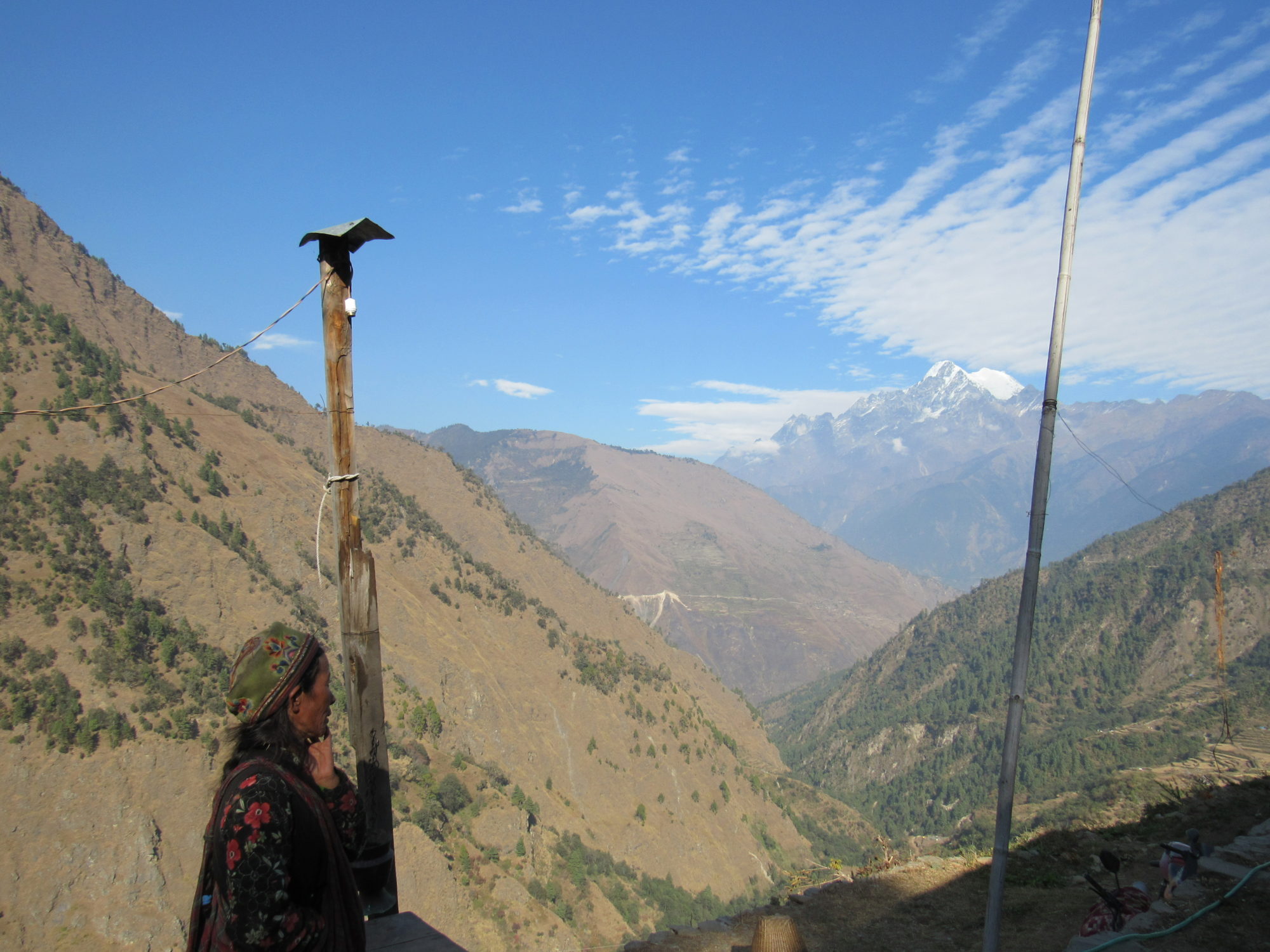
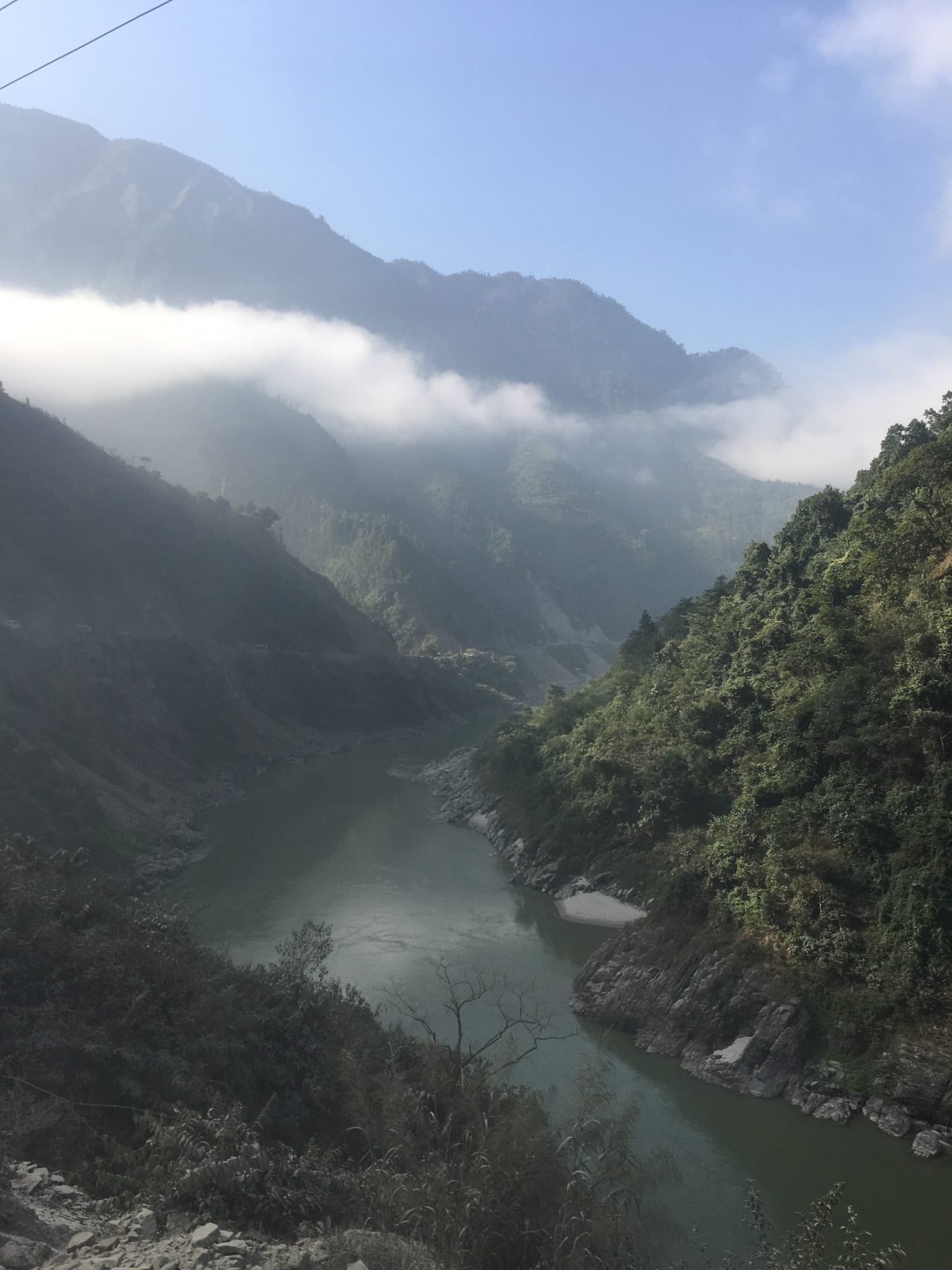
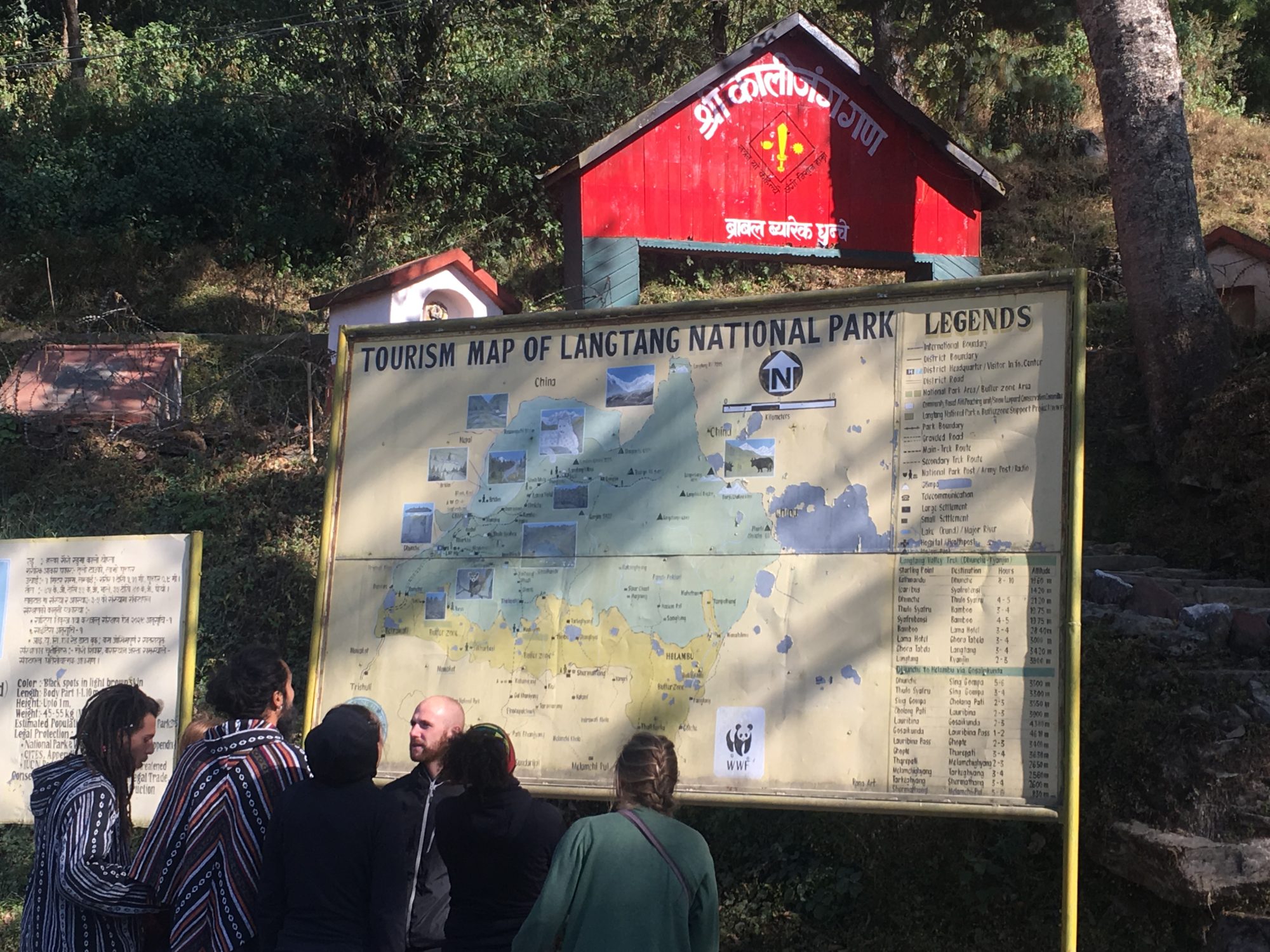
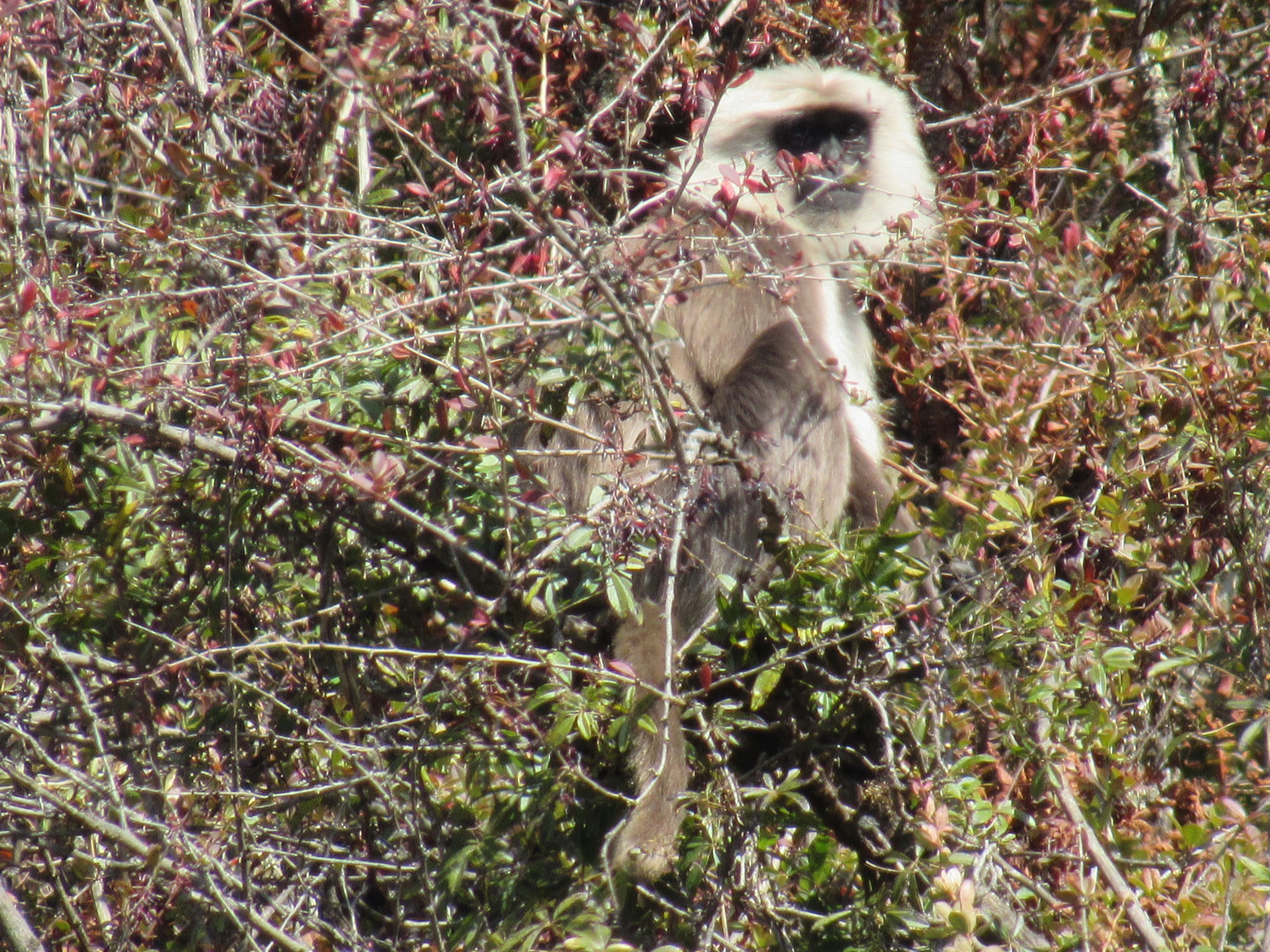
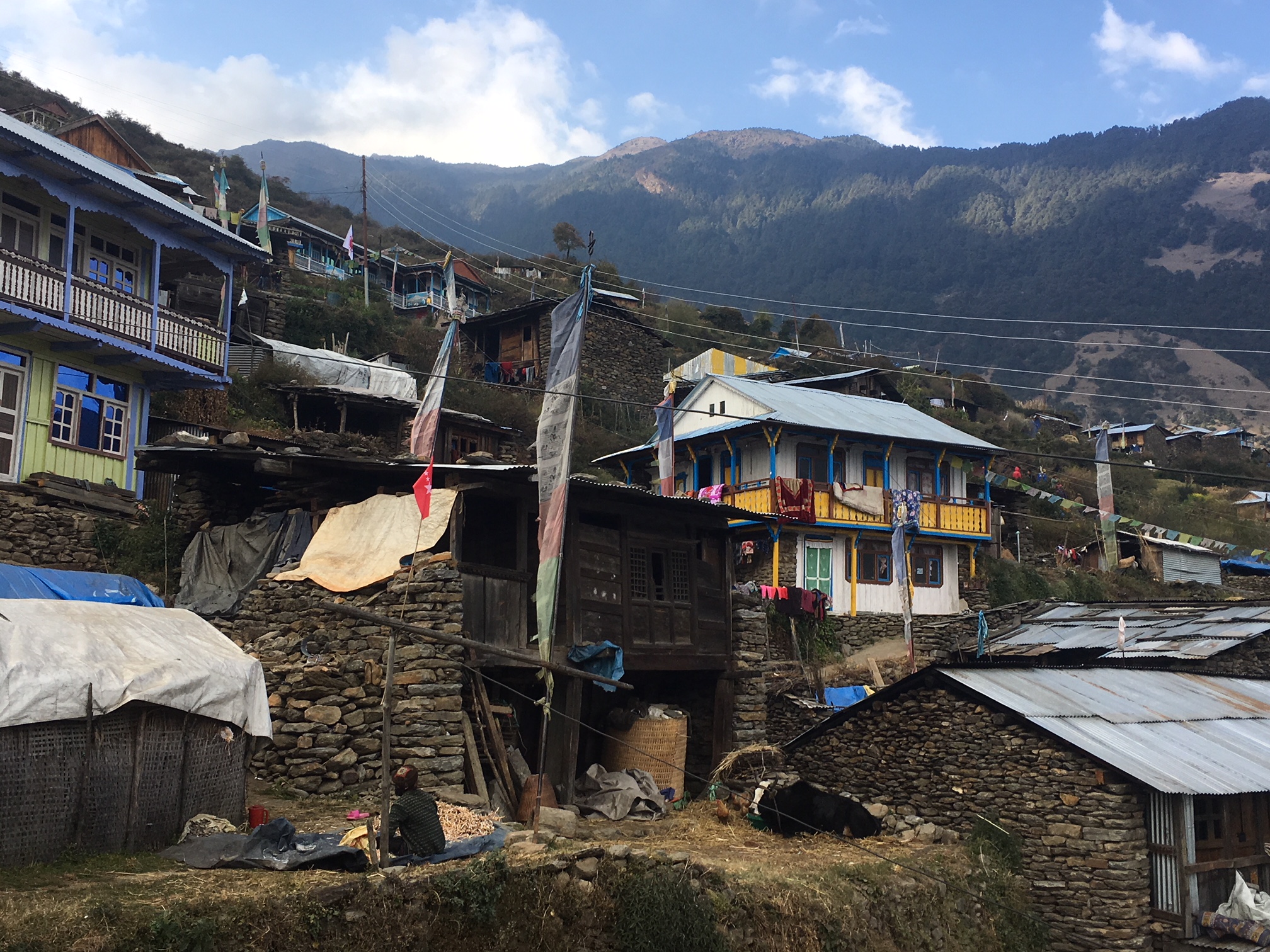

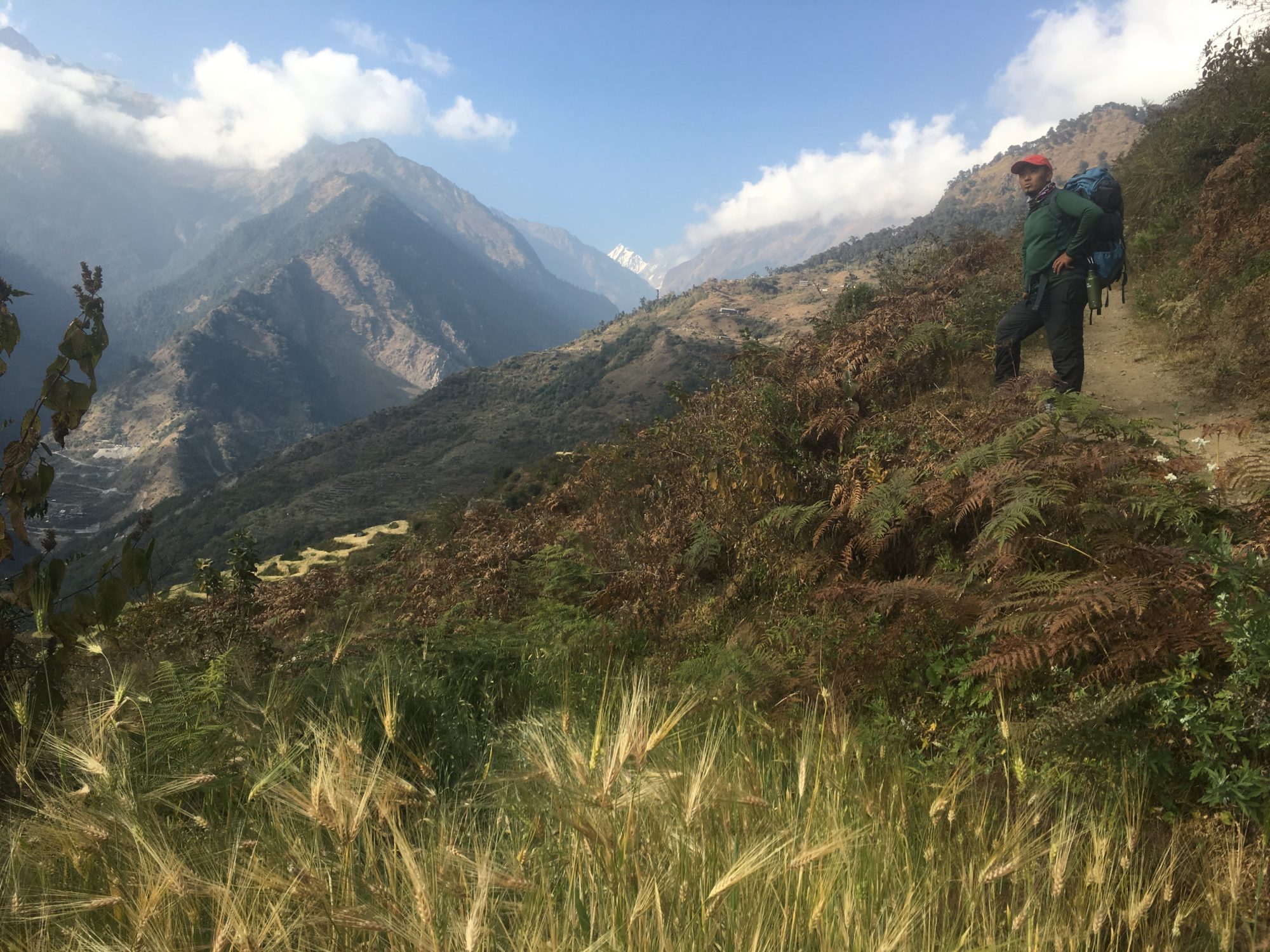

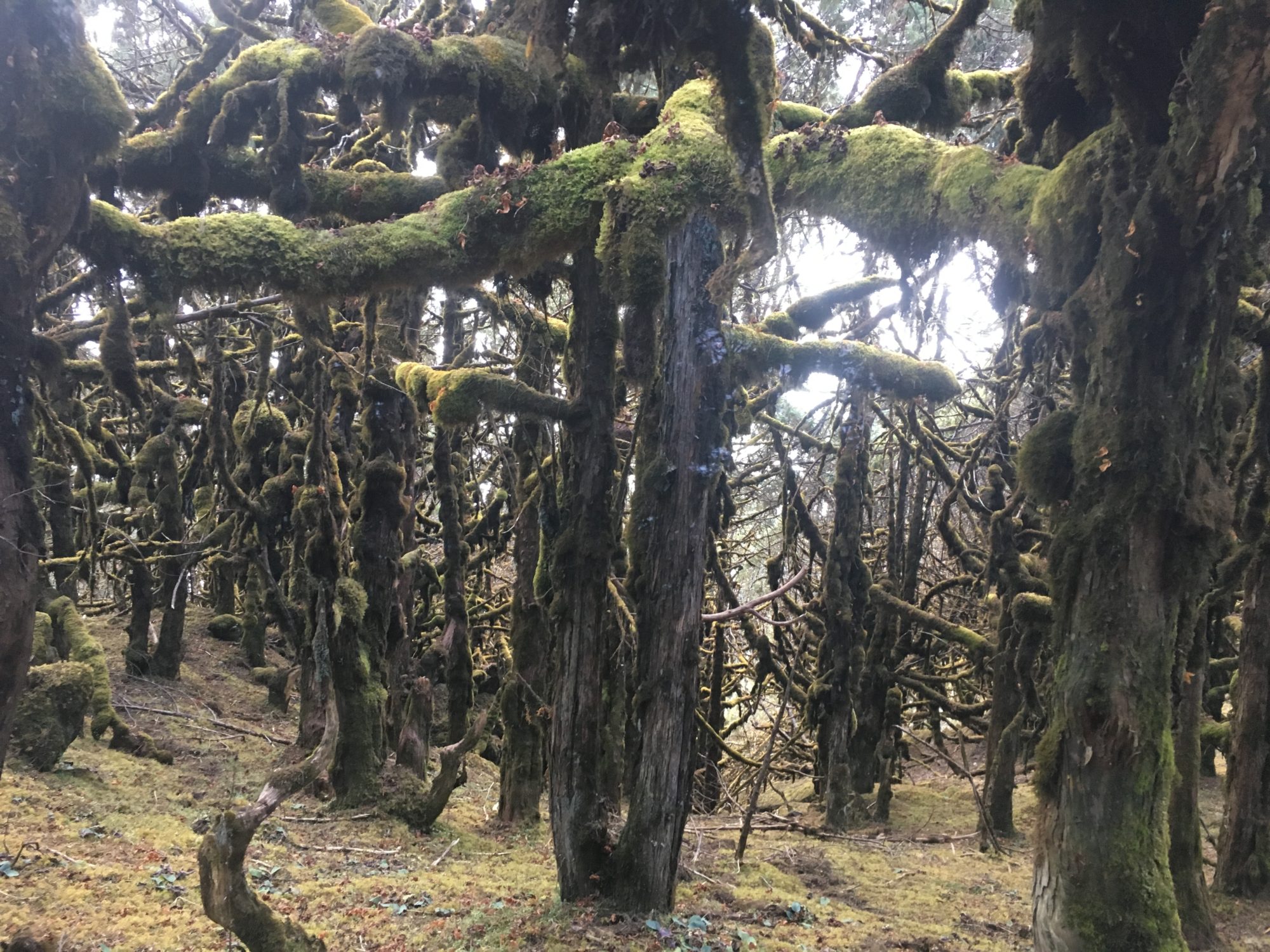
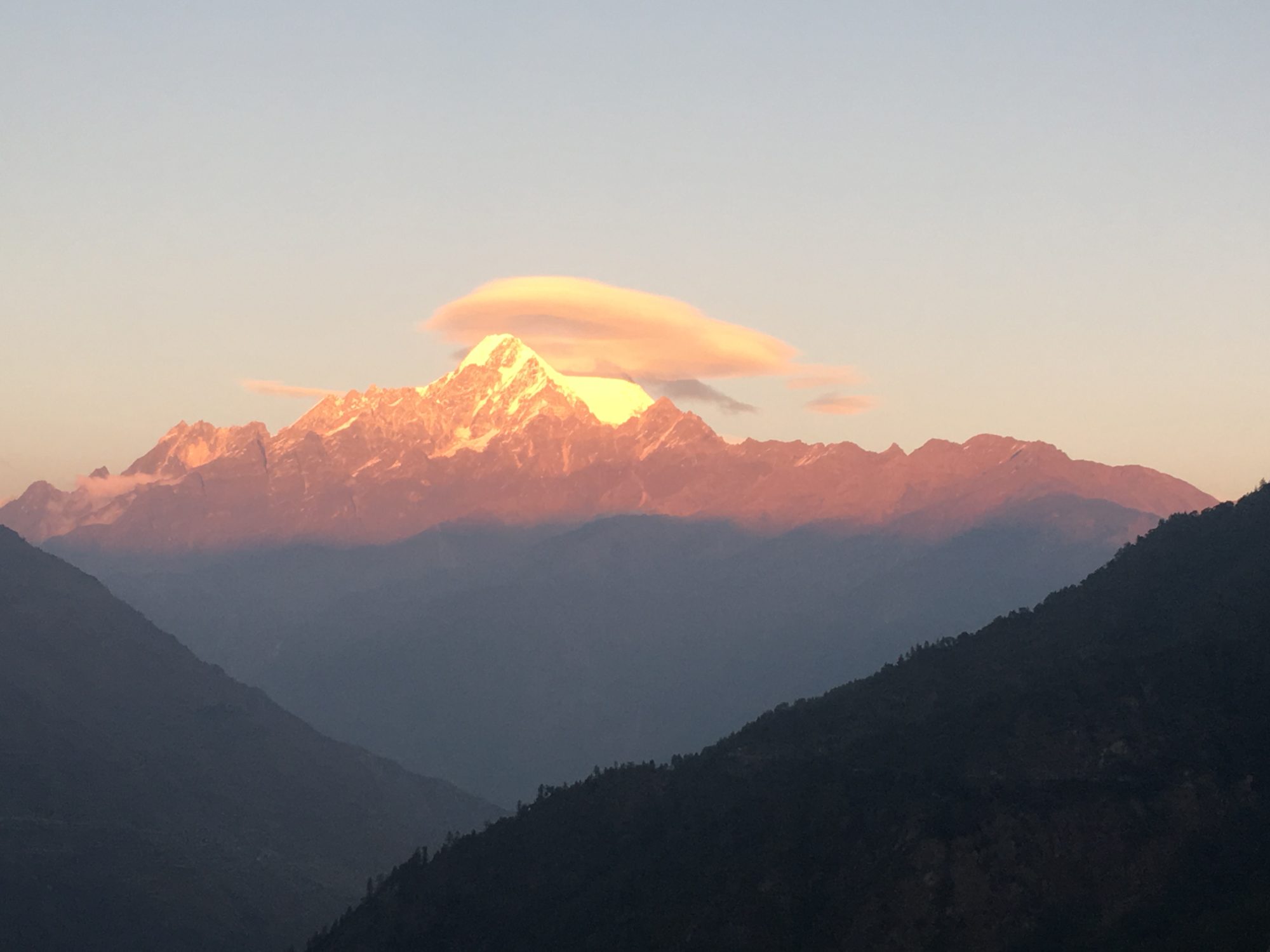


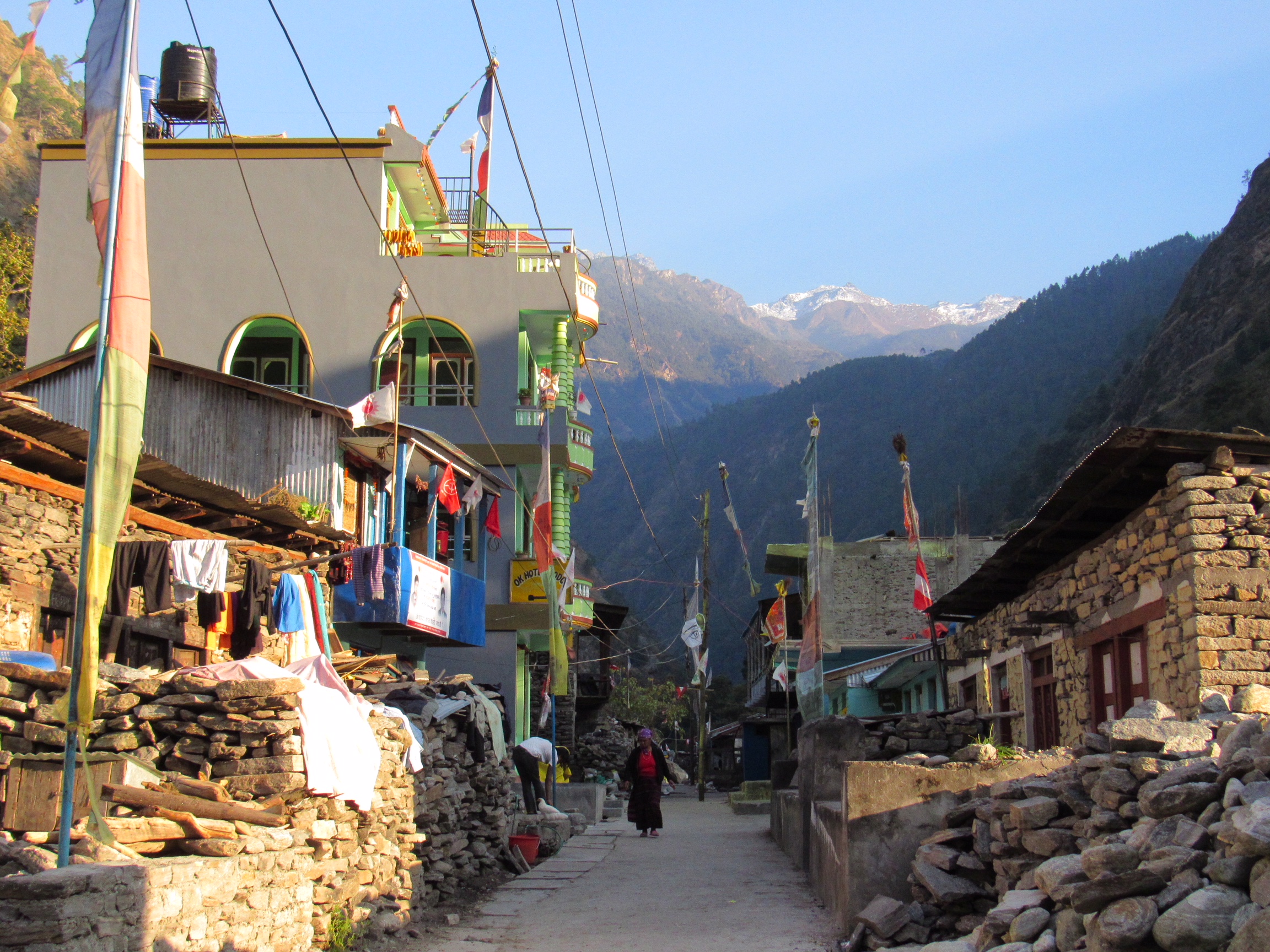

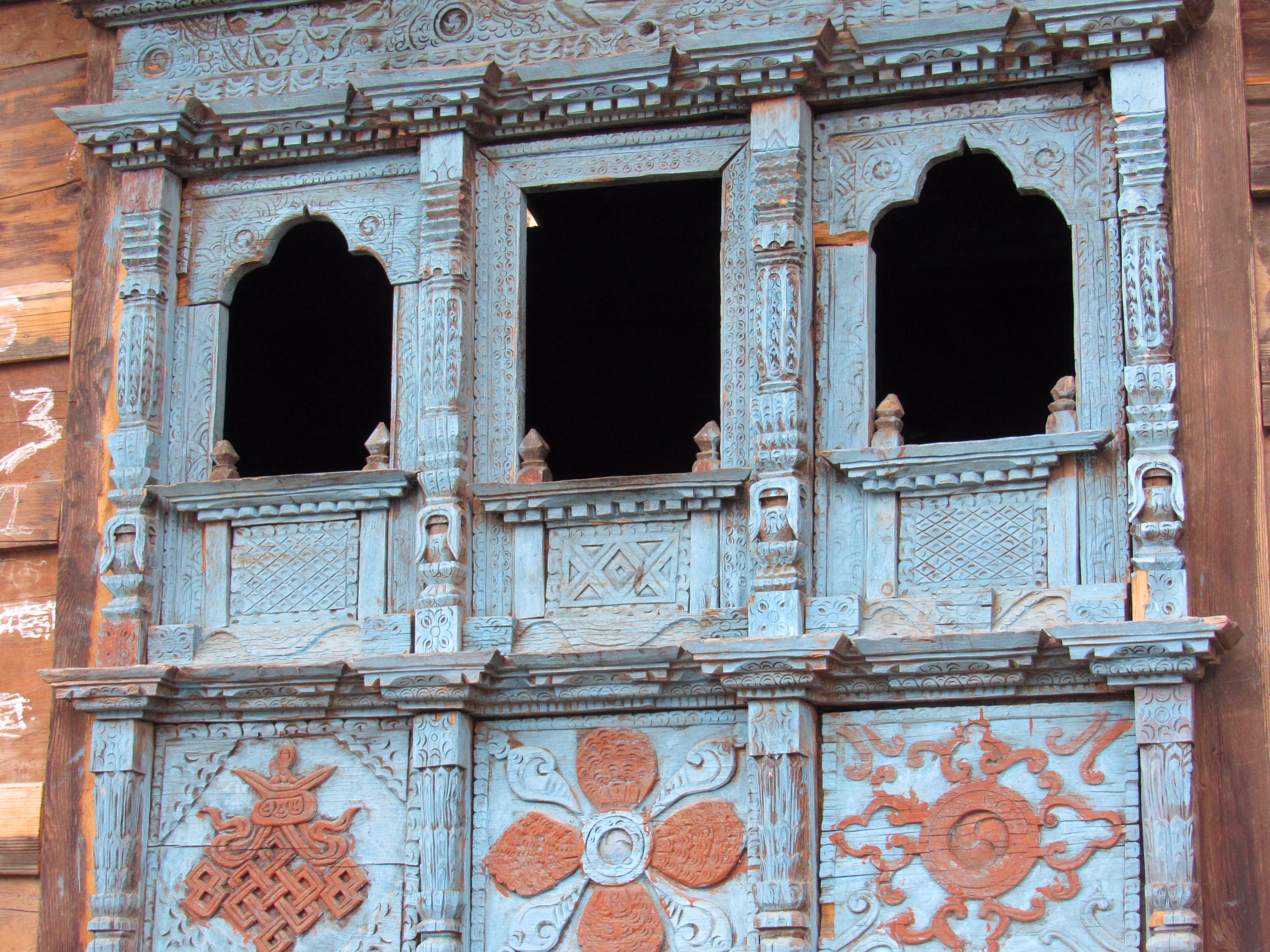

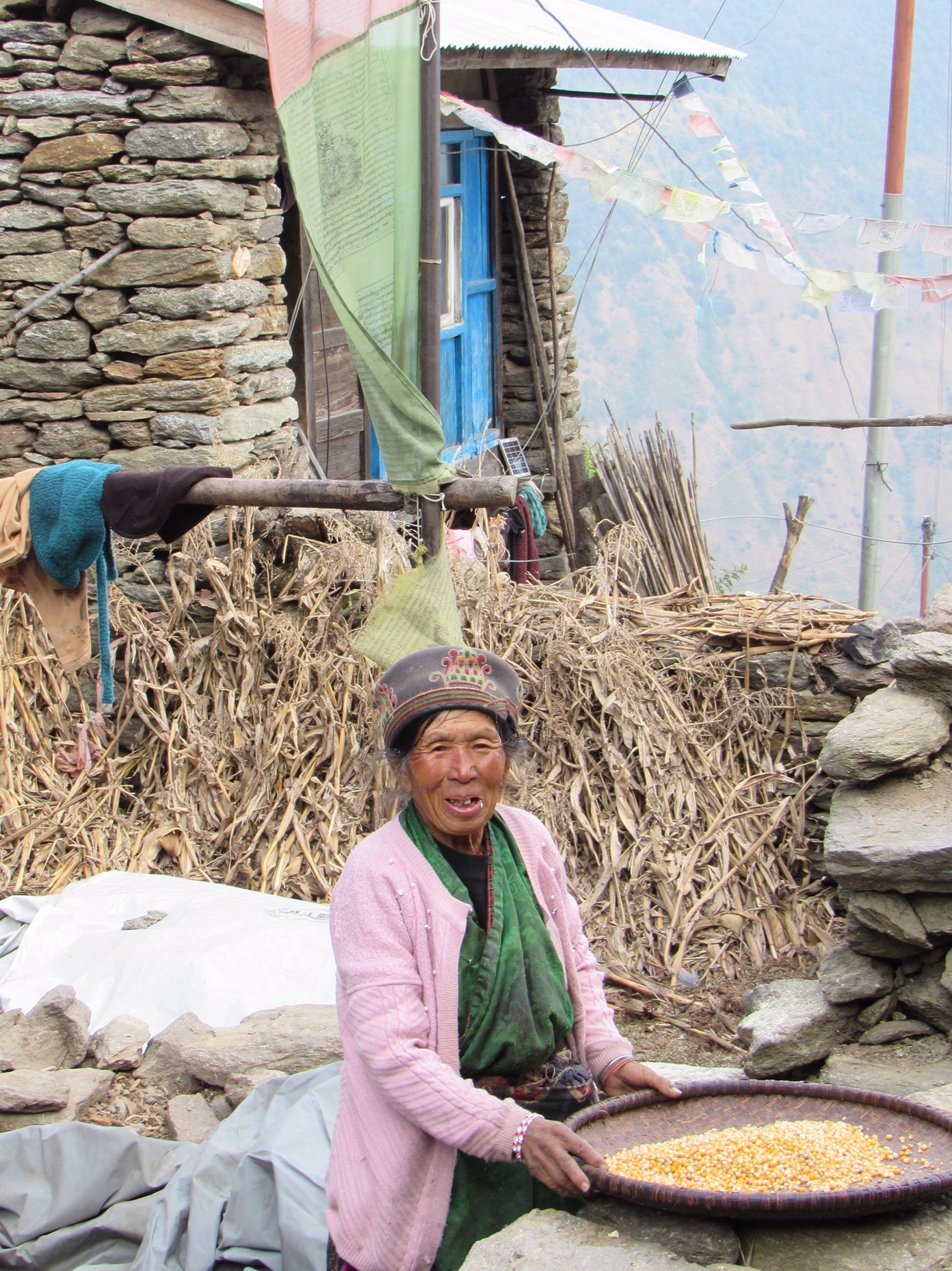



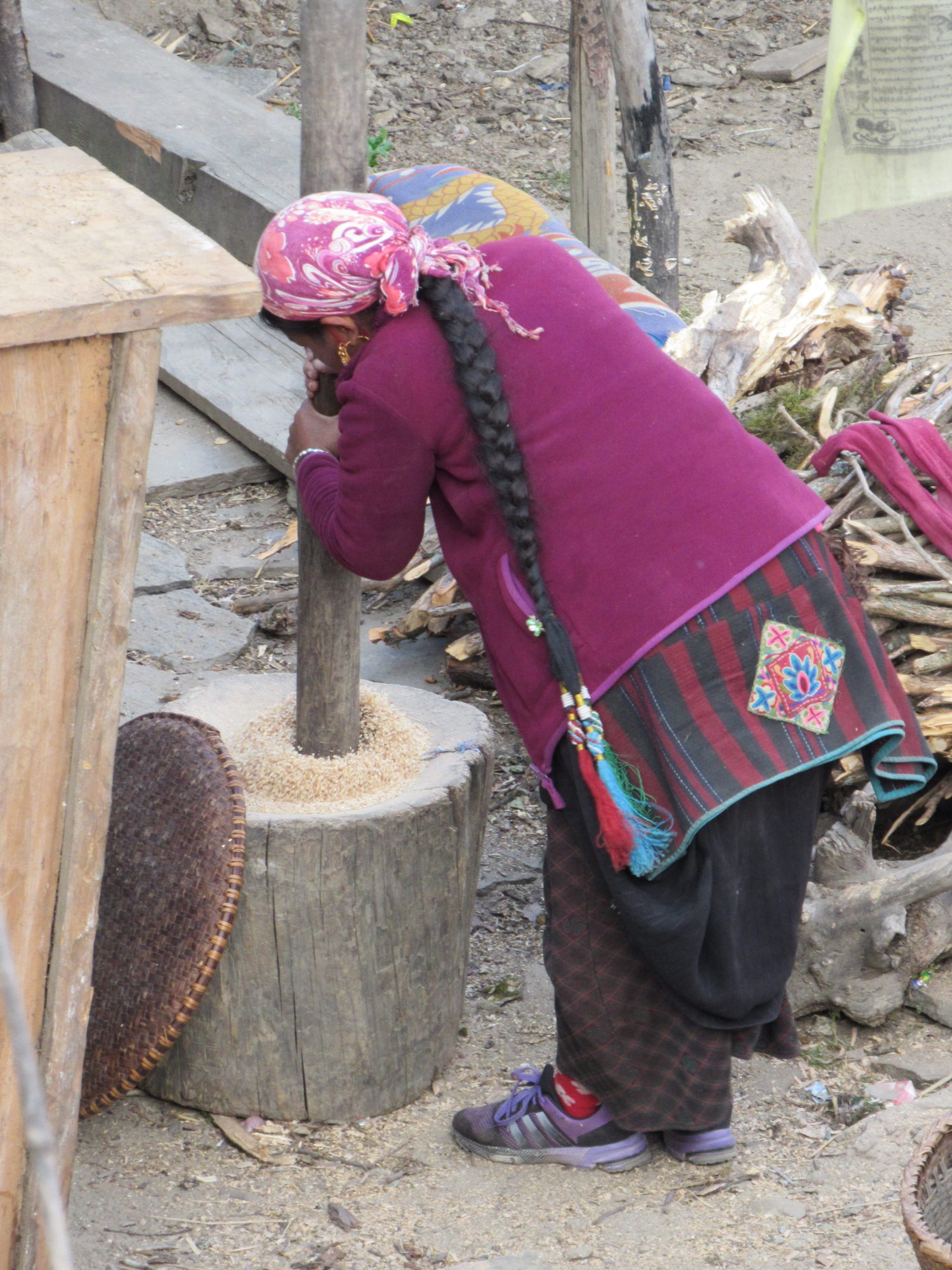
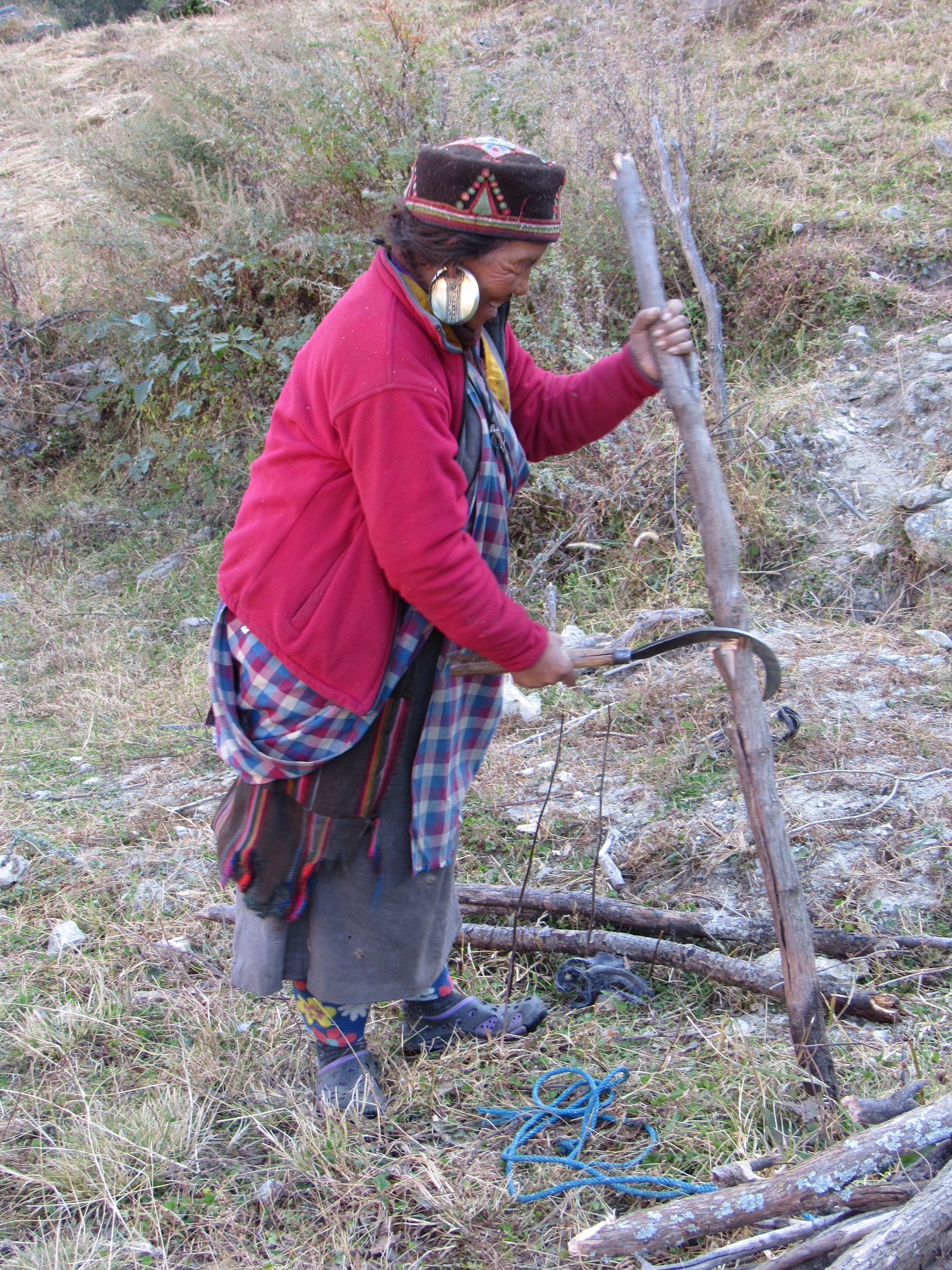
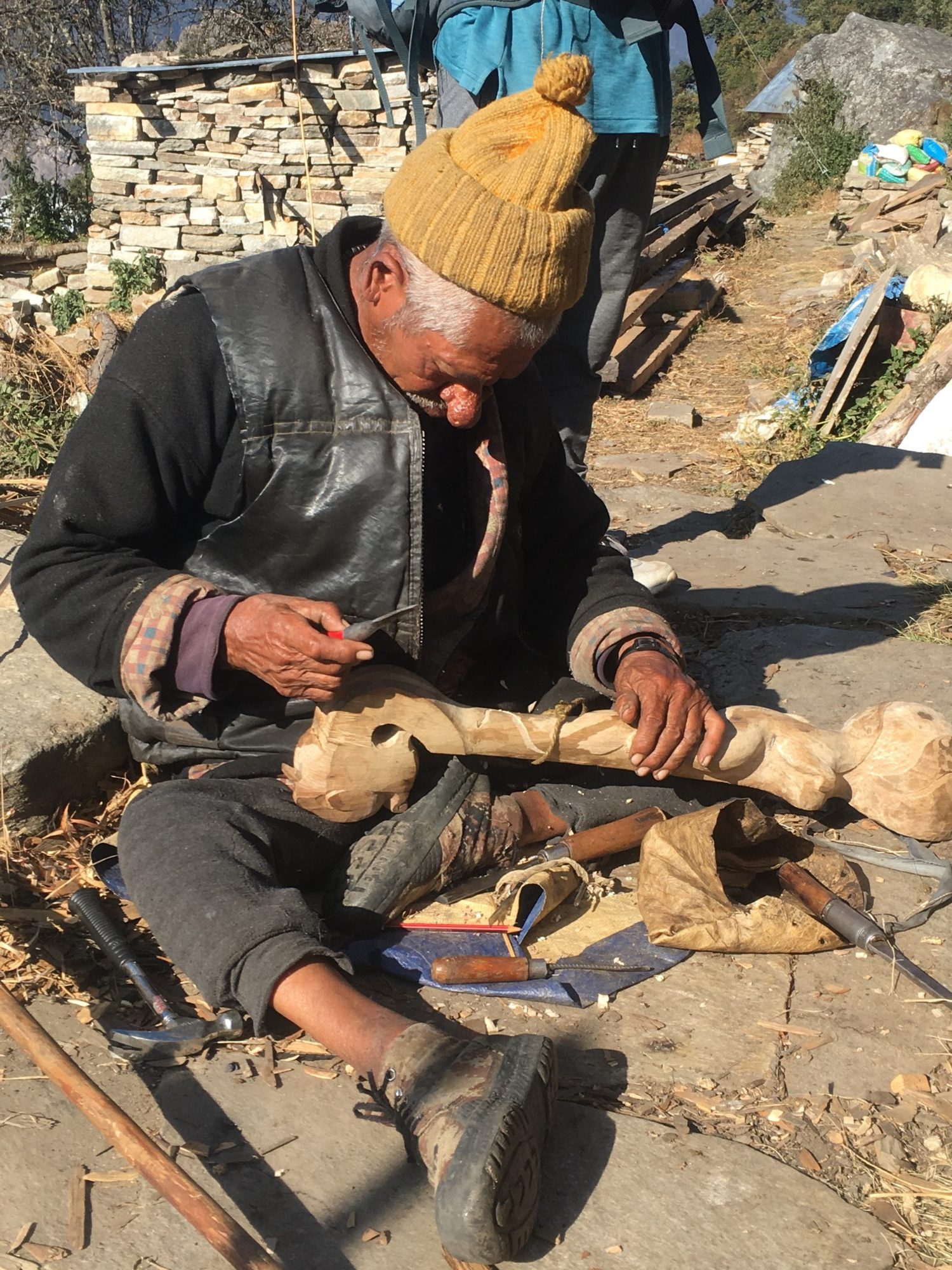
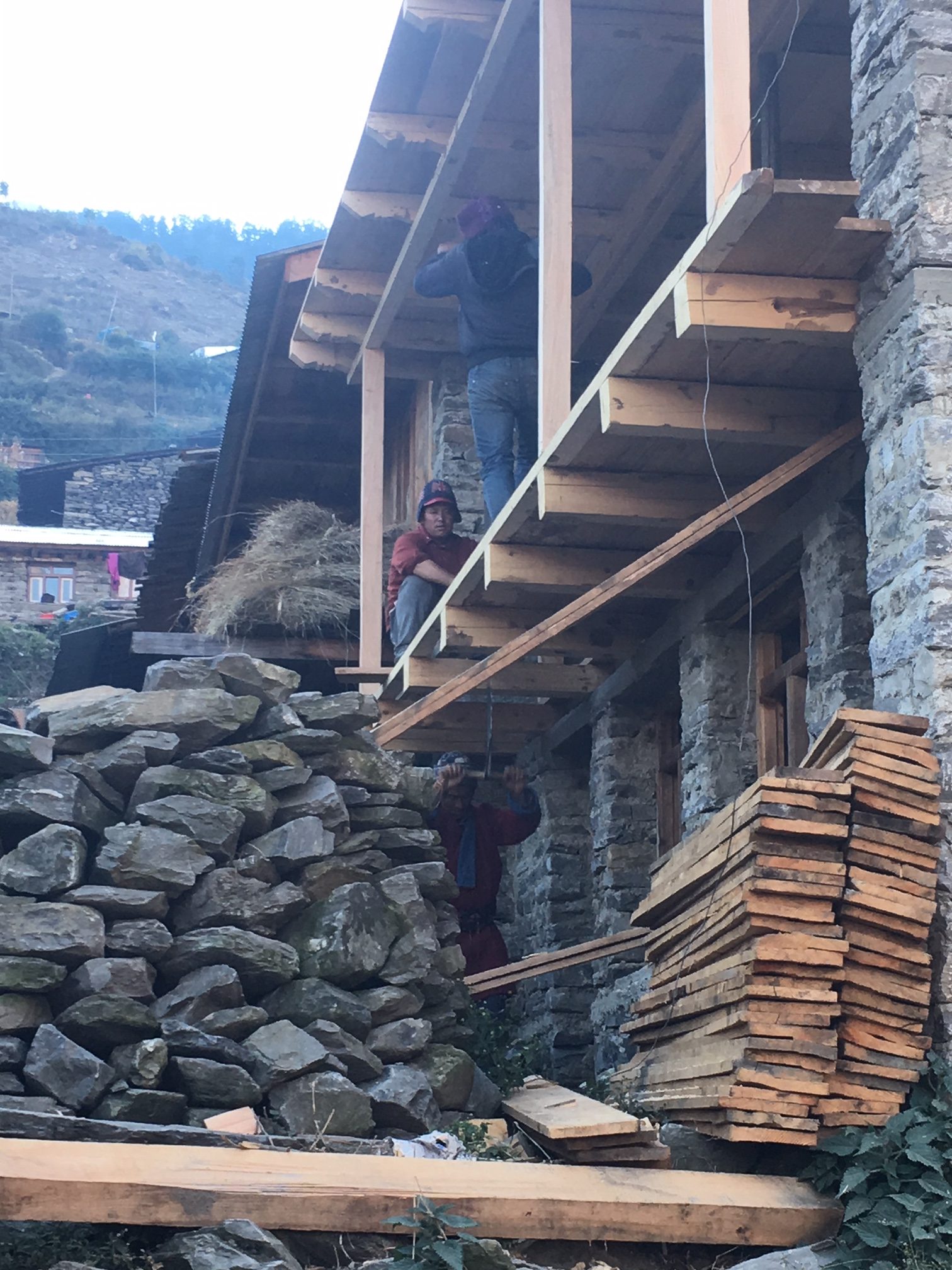
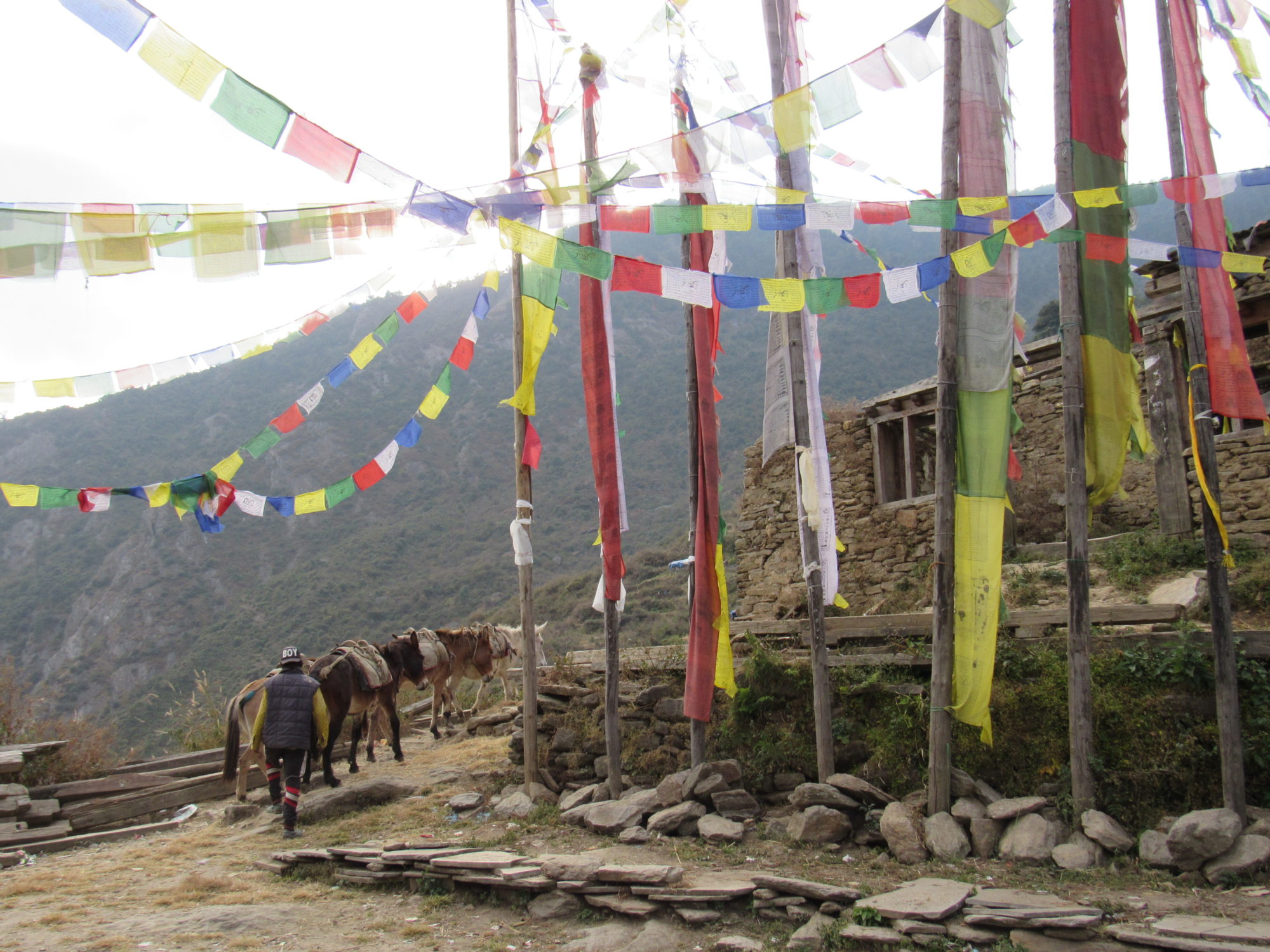
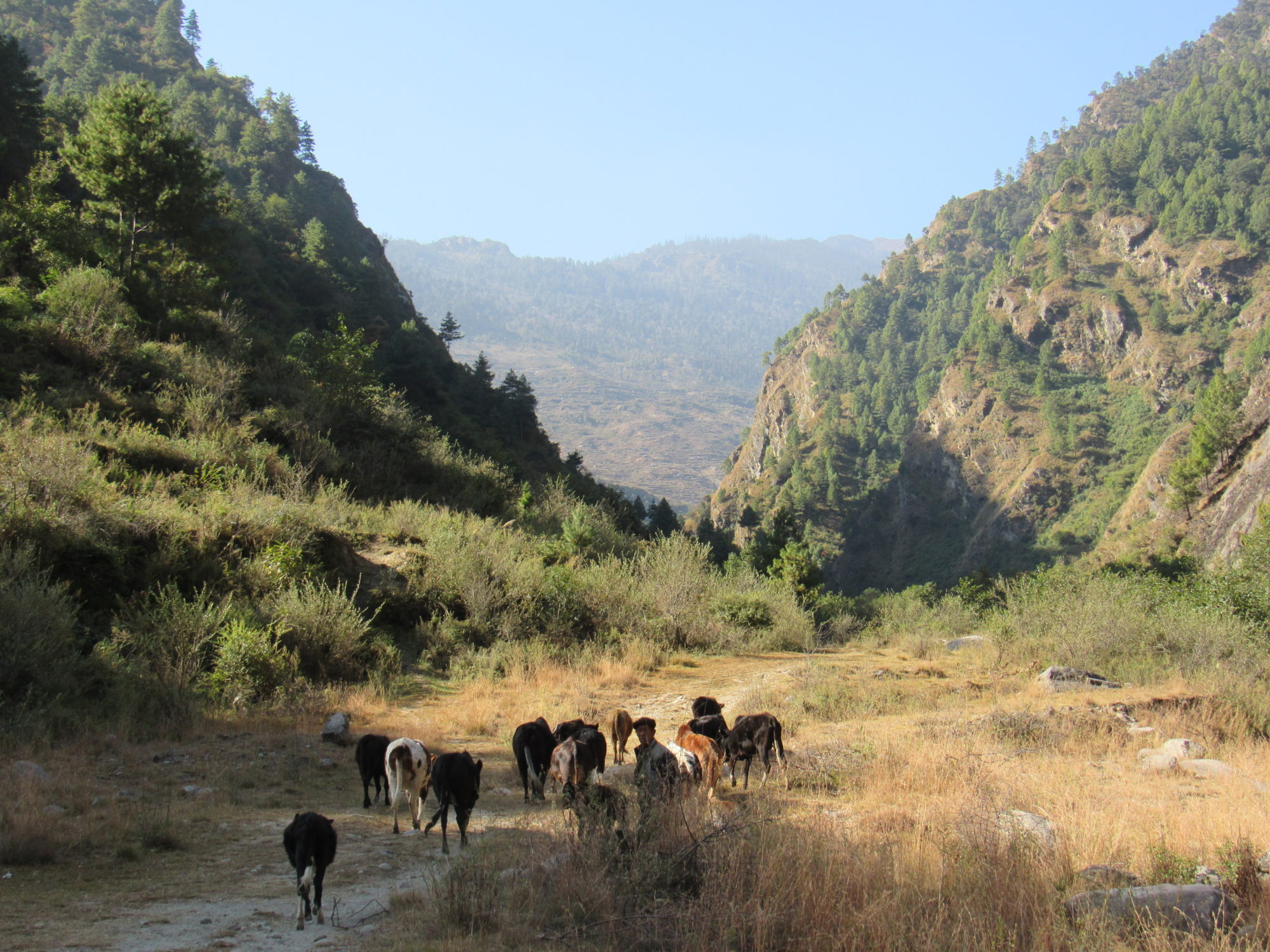
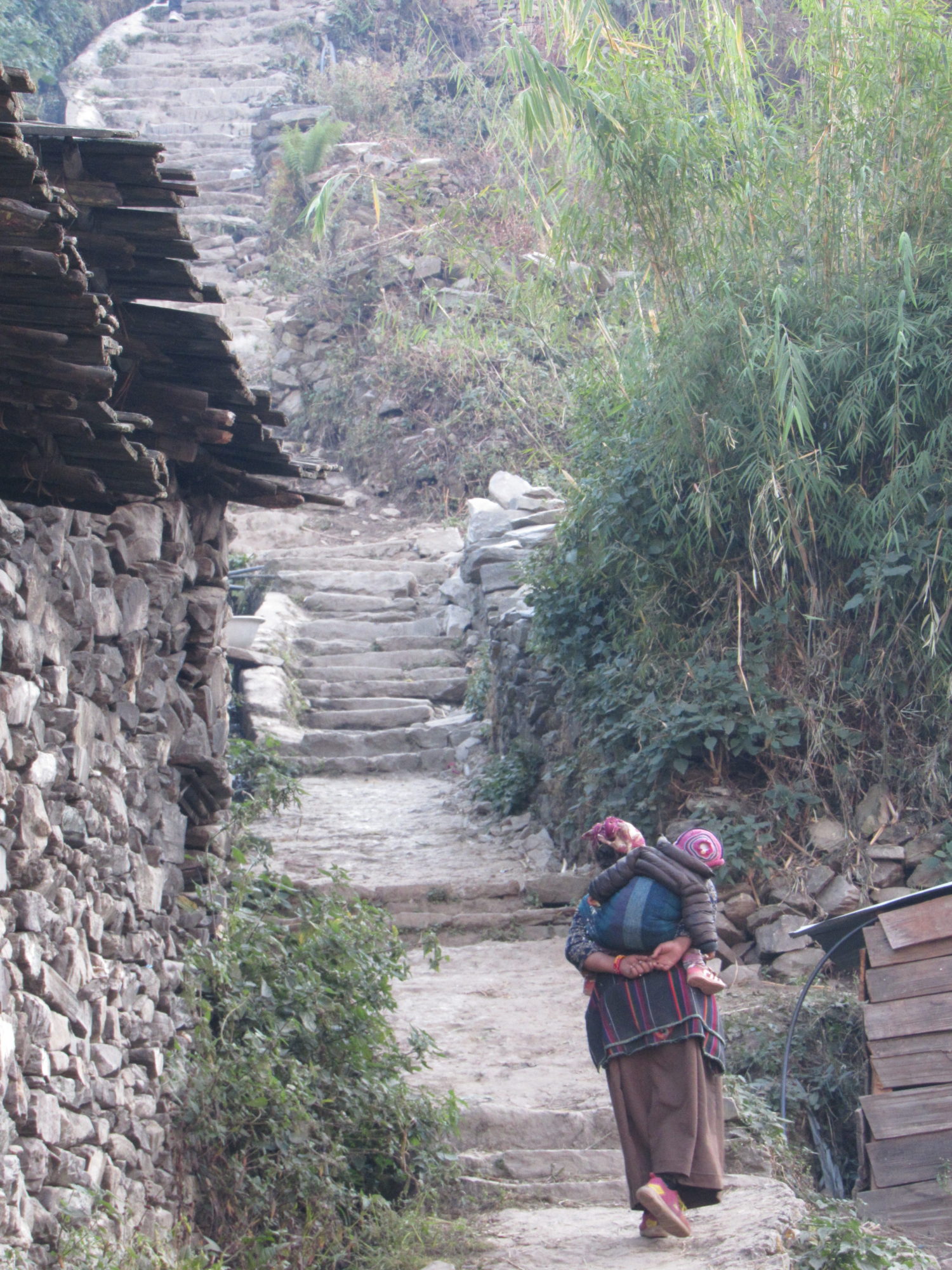

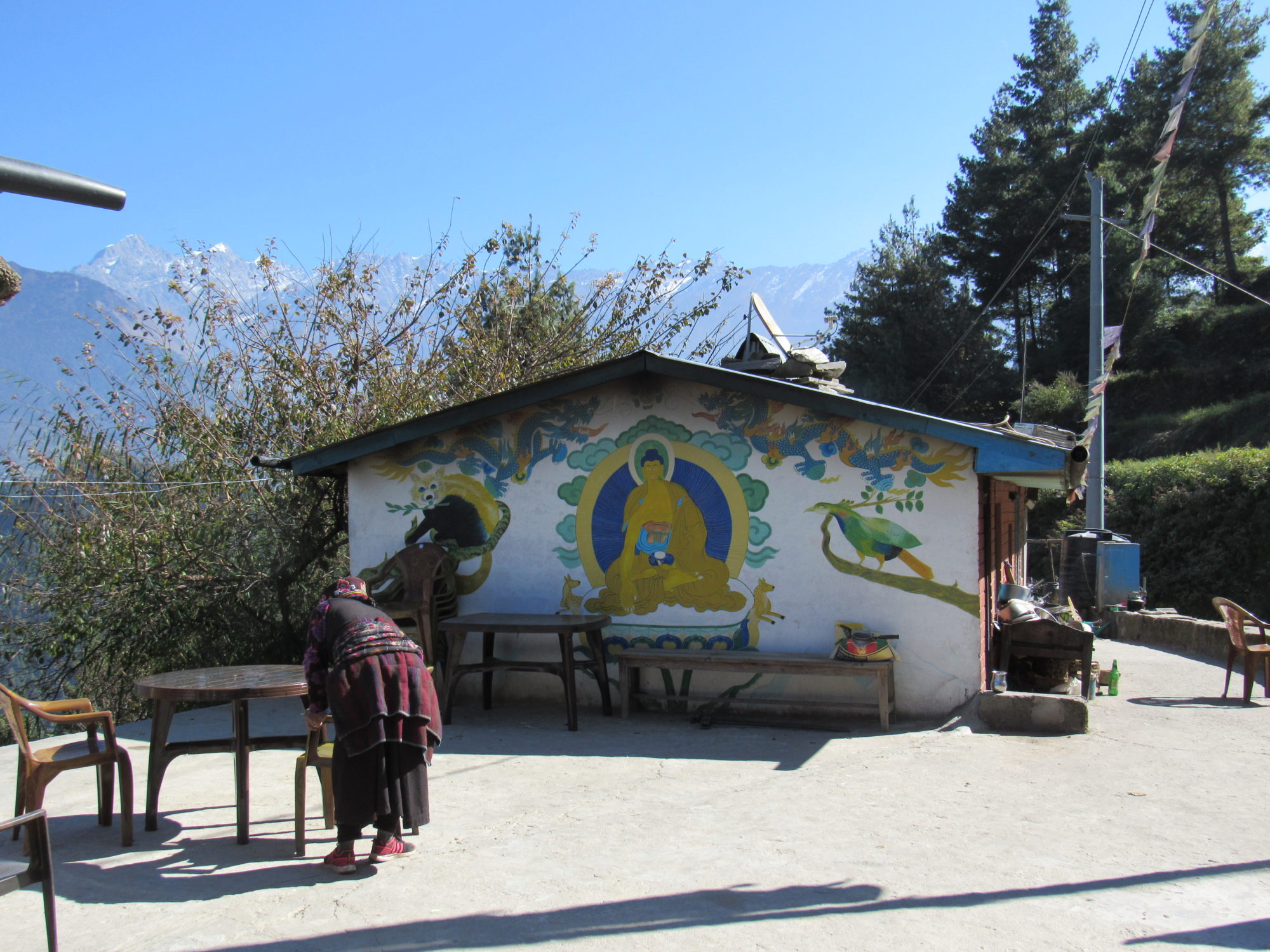
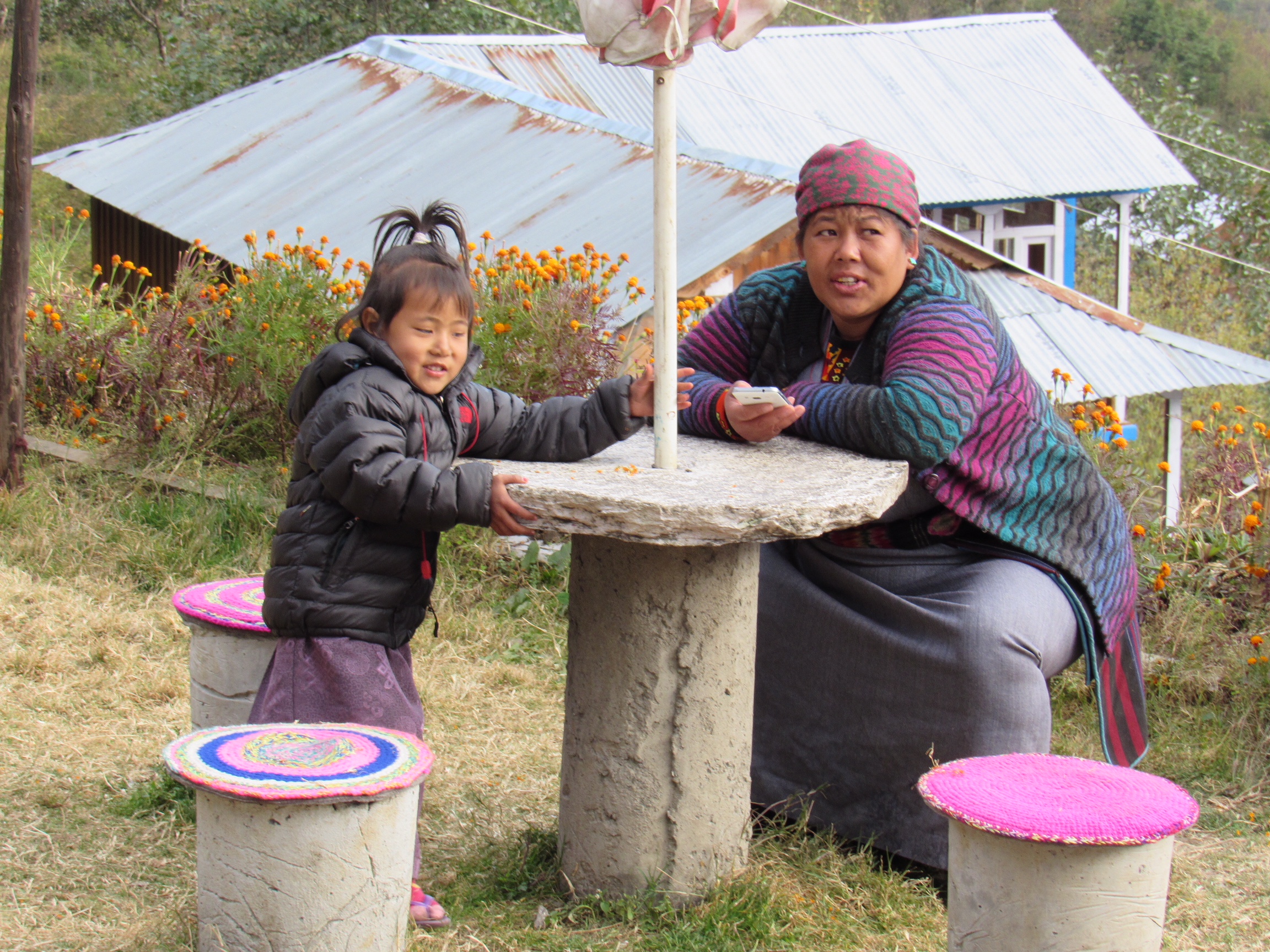
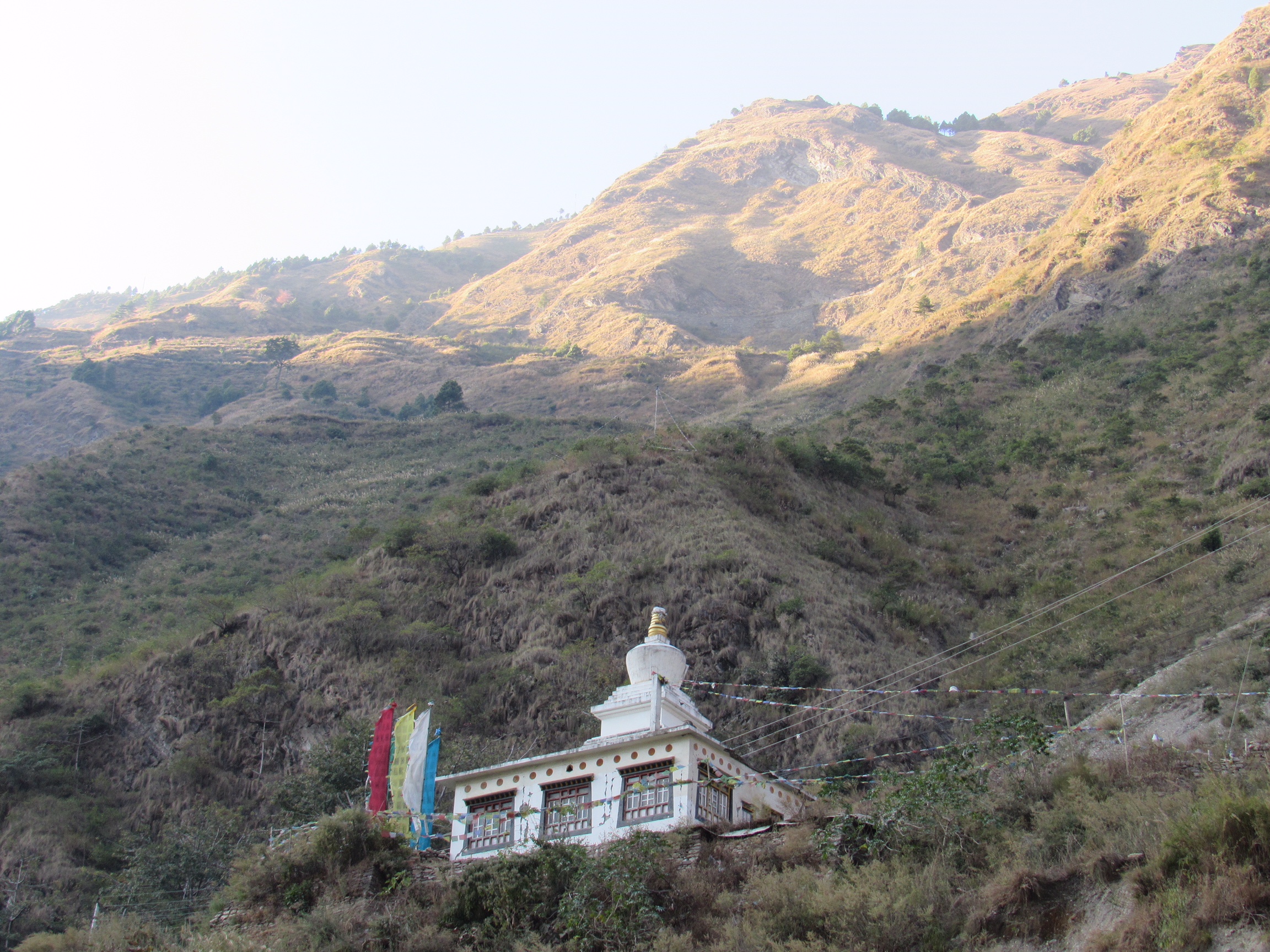
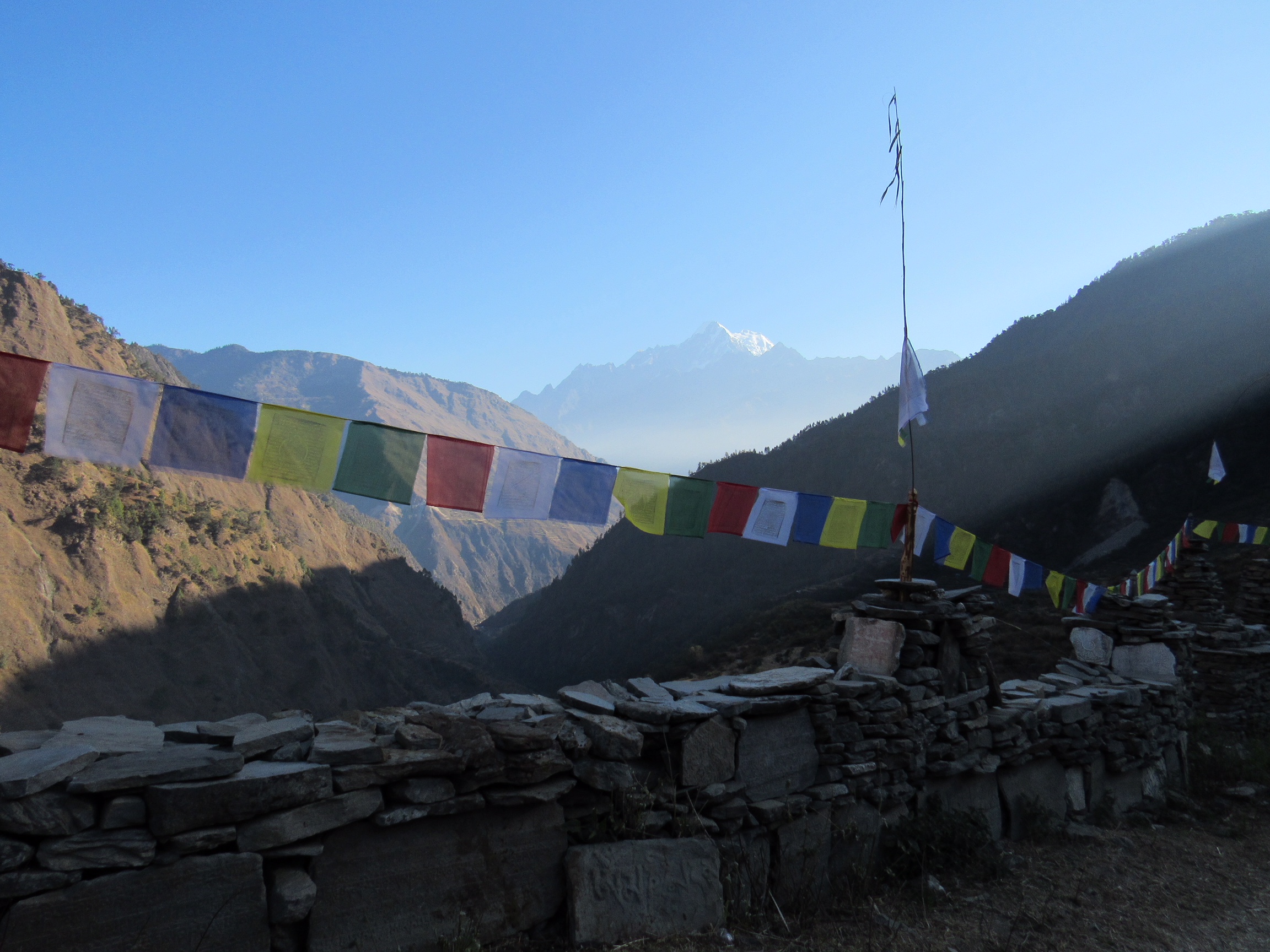
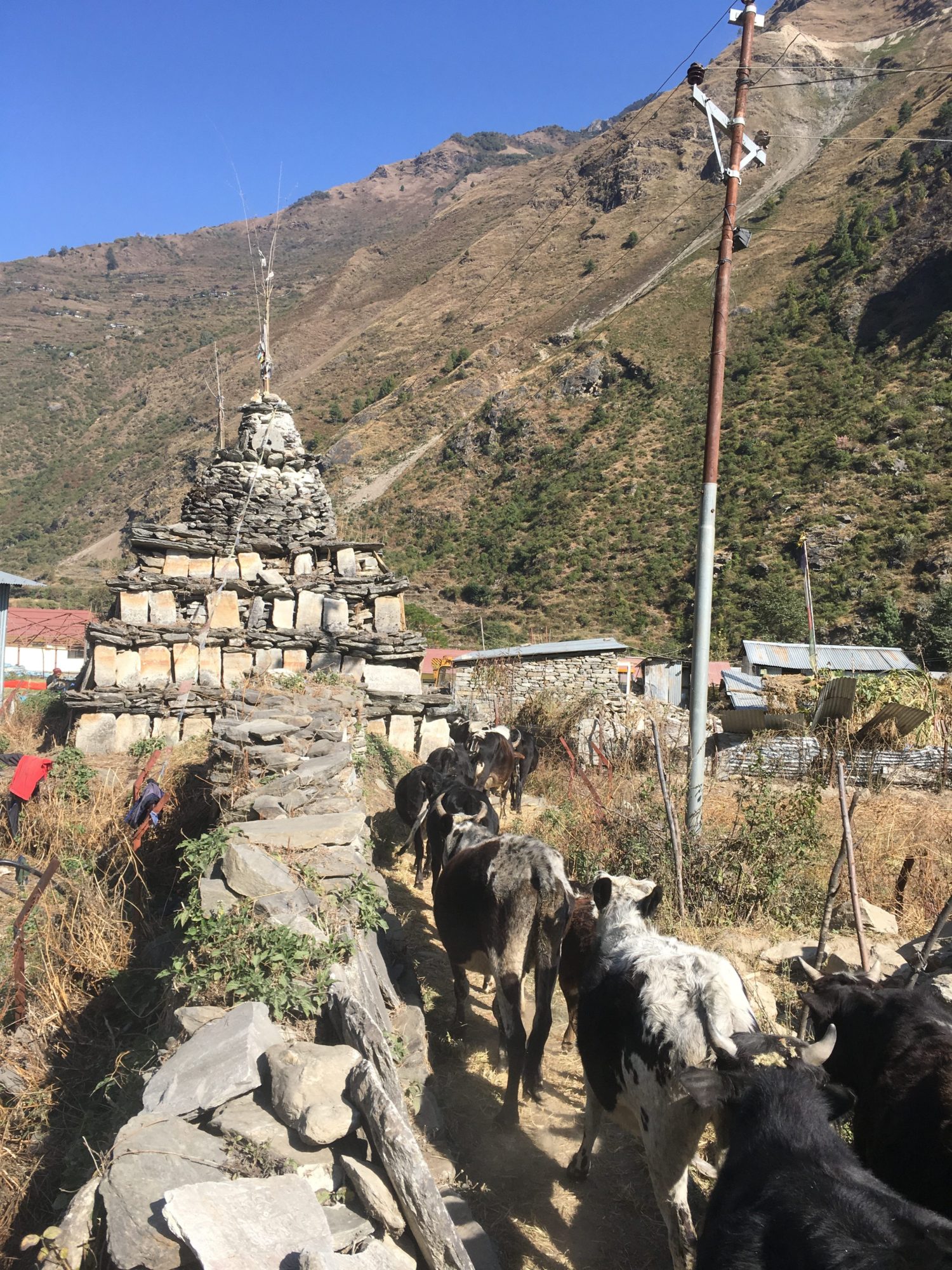

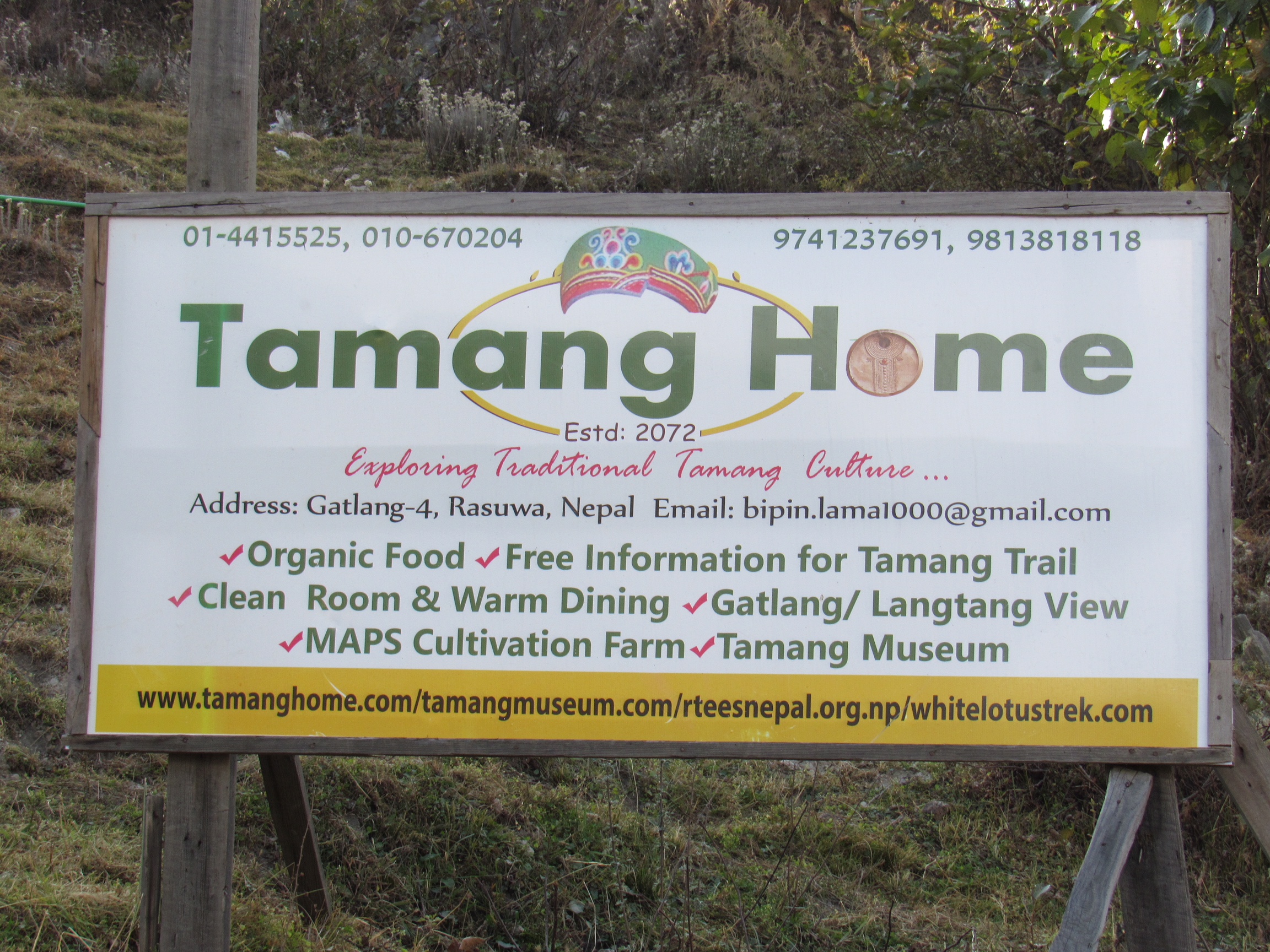

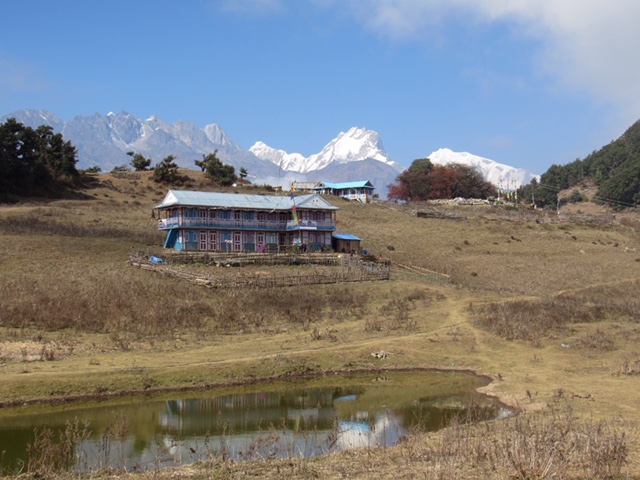
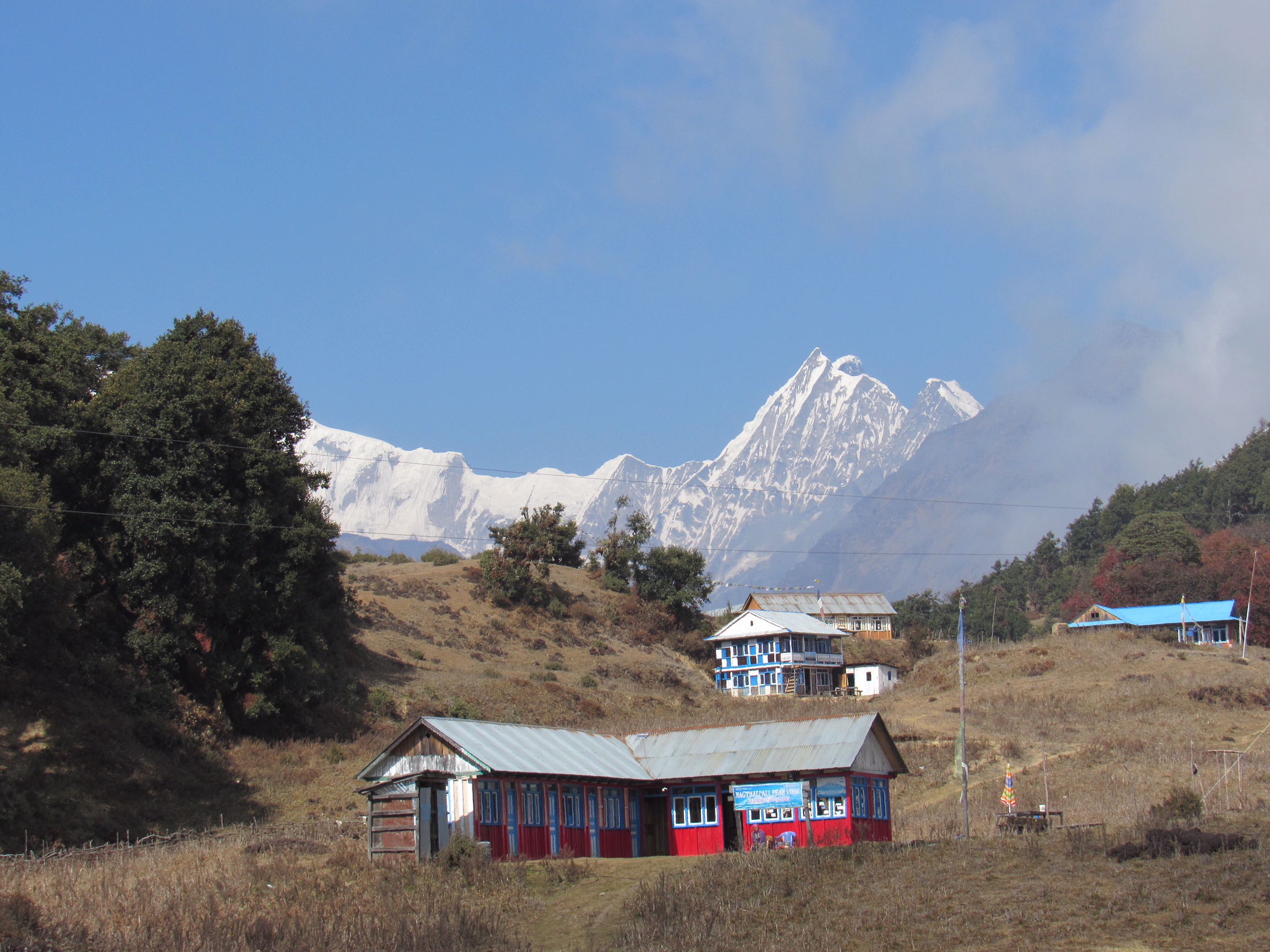
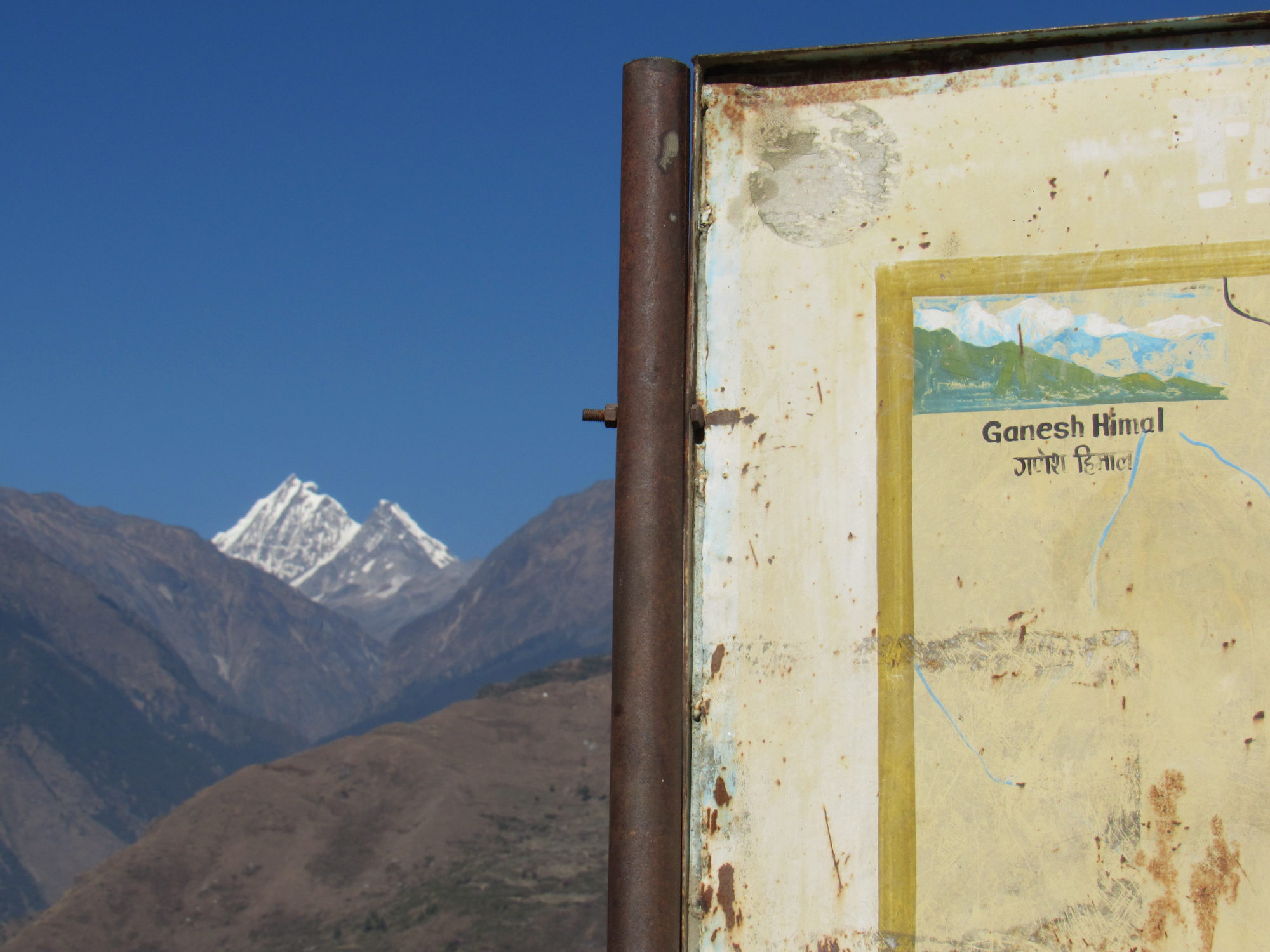
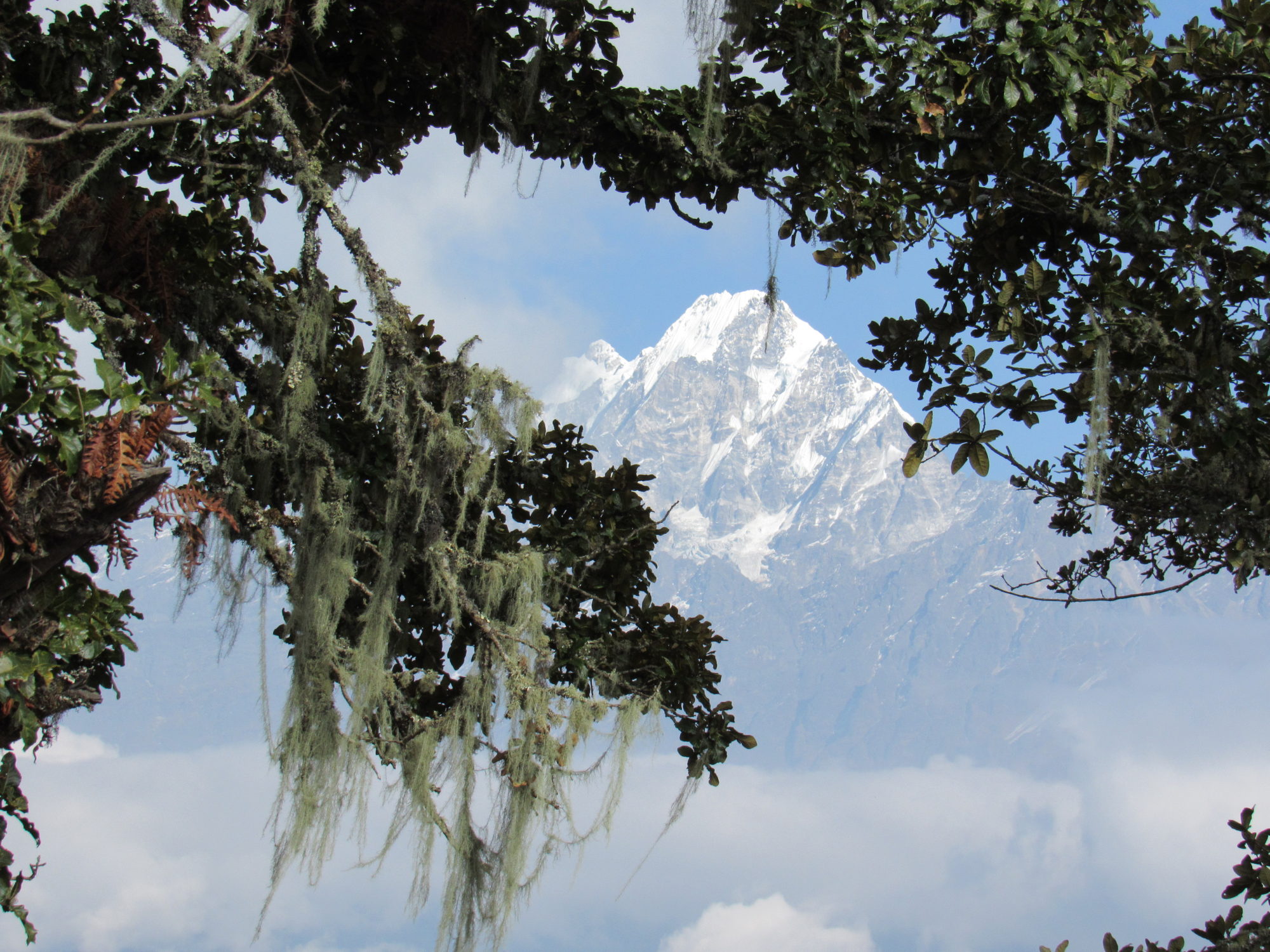
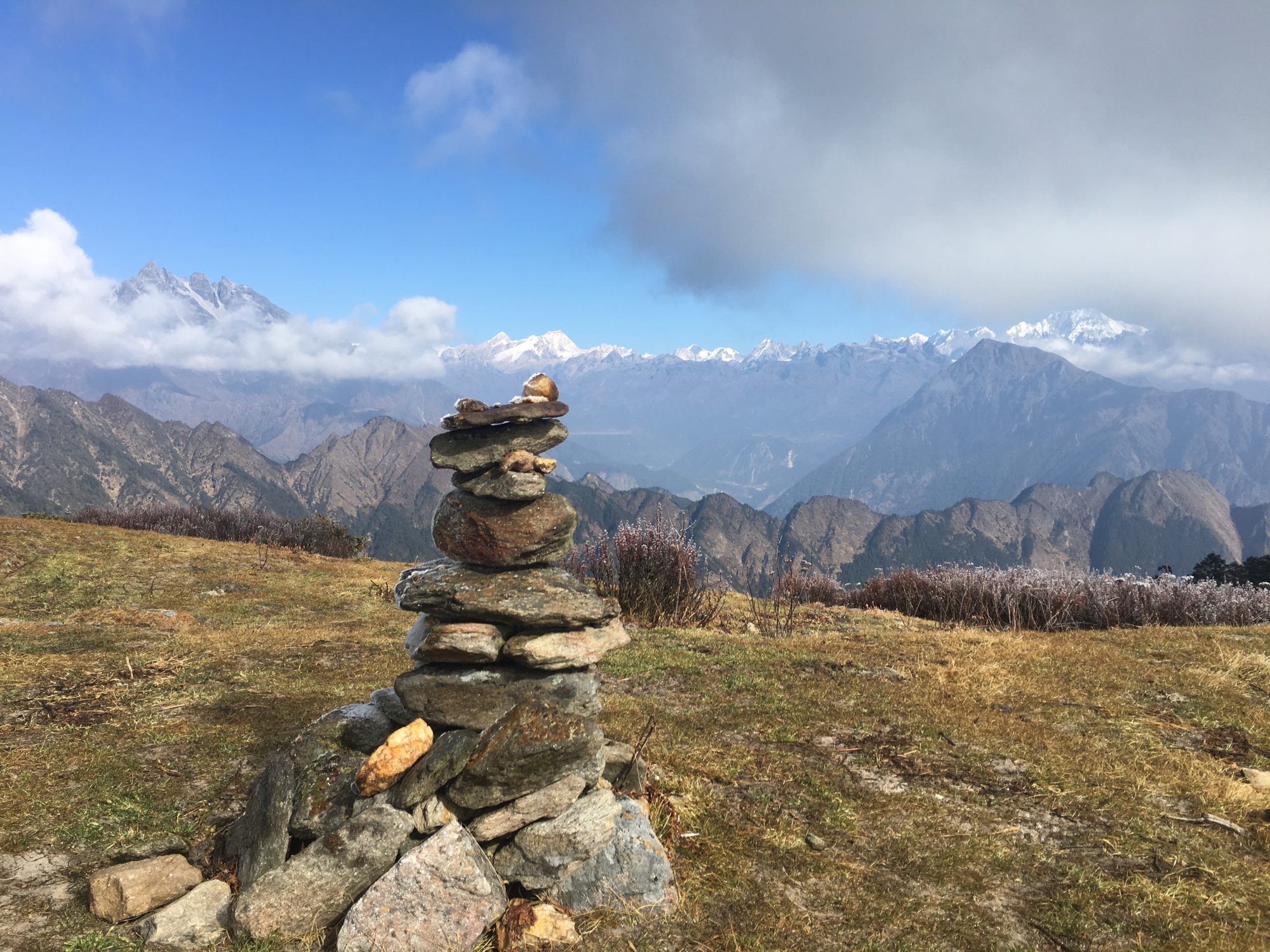

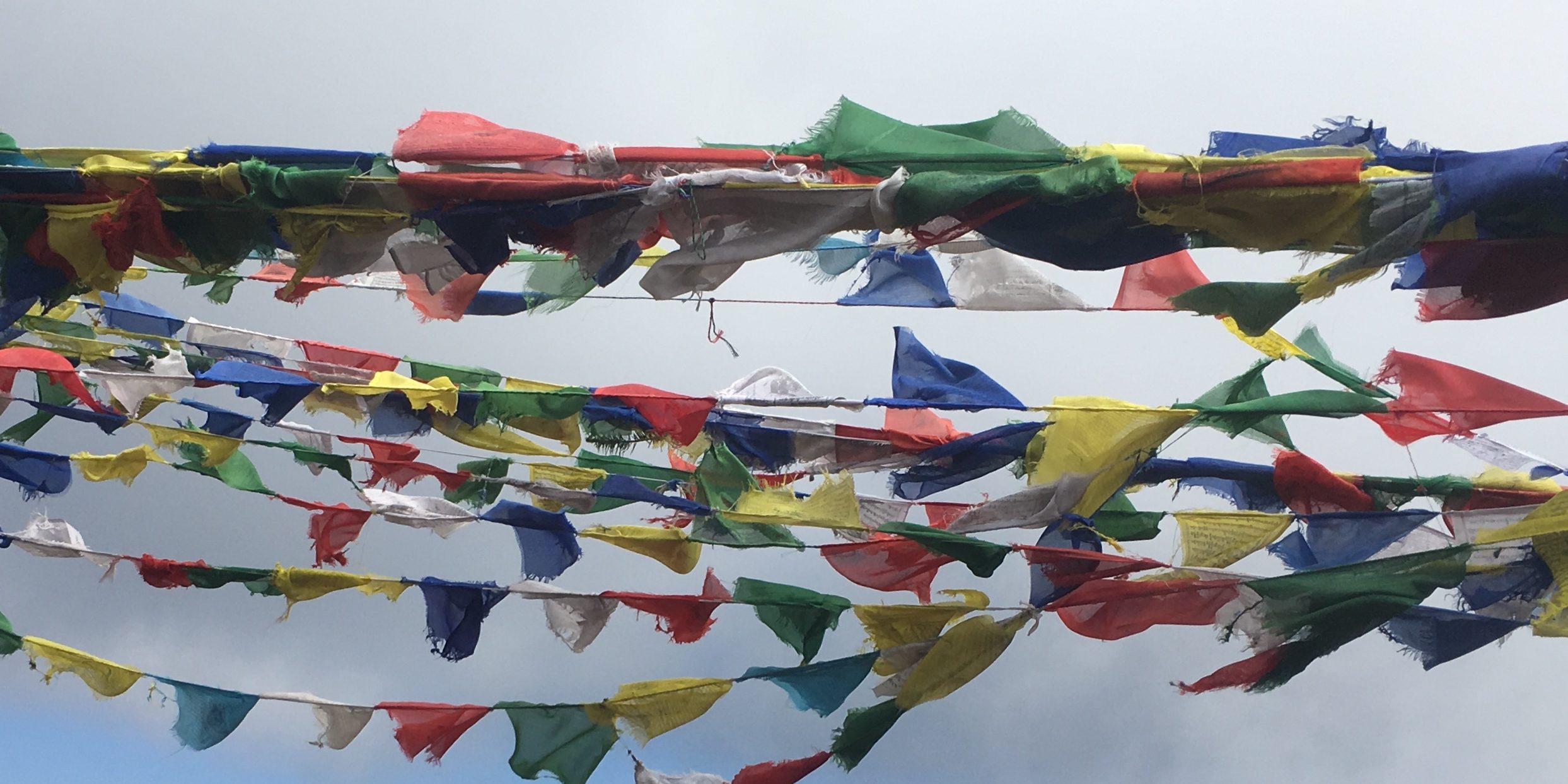
Thank-You Monika…
Enjoy traveling with you
through your photos & dialogue…
What beautiful pictures you take. What an amazing world you walked in. Thank you for these images and informative comments and observations.
Thank you Monika, for sharing your beautiful journey and your beautiful light. Sending you a big hug and a smile.
Thank you! Big hug back